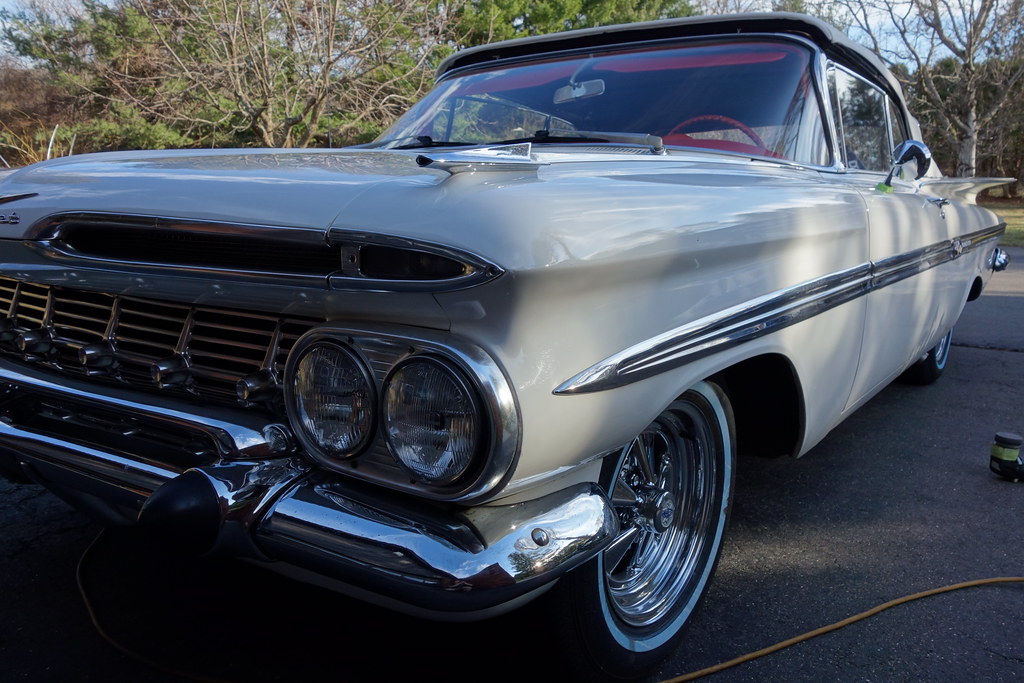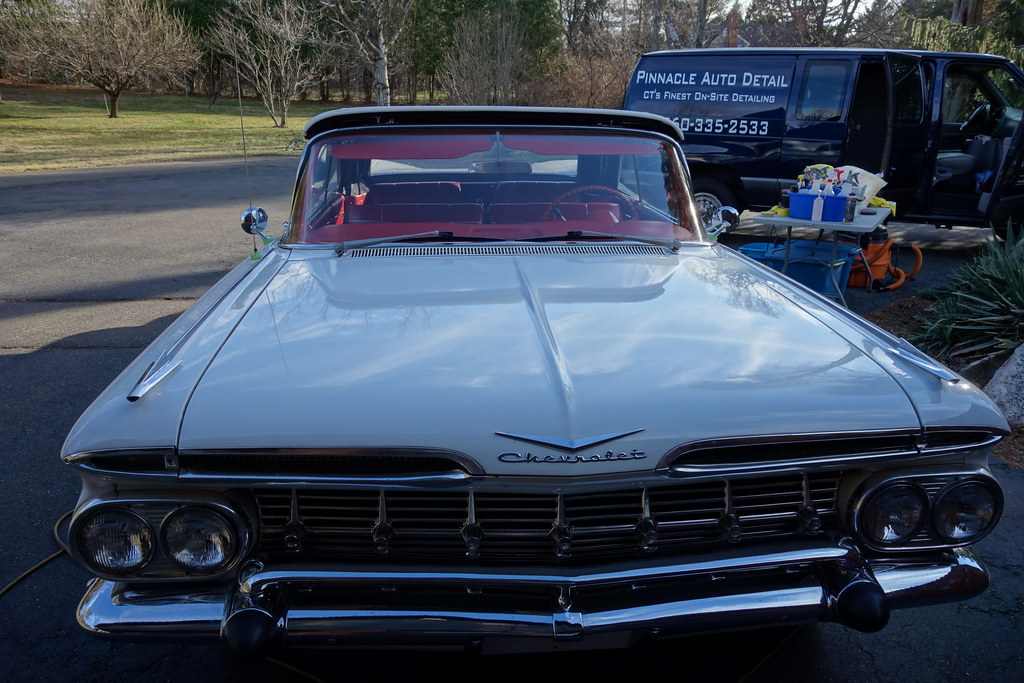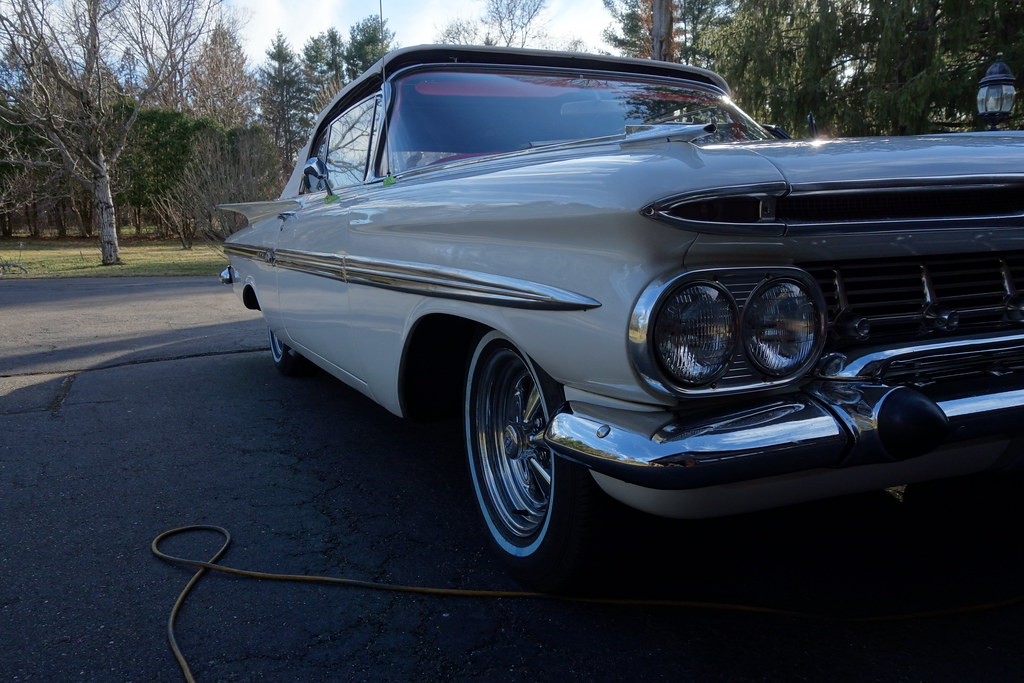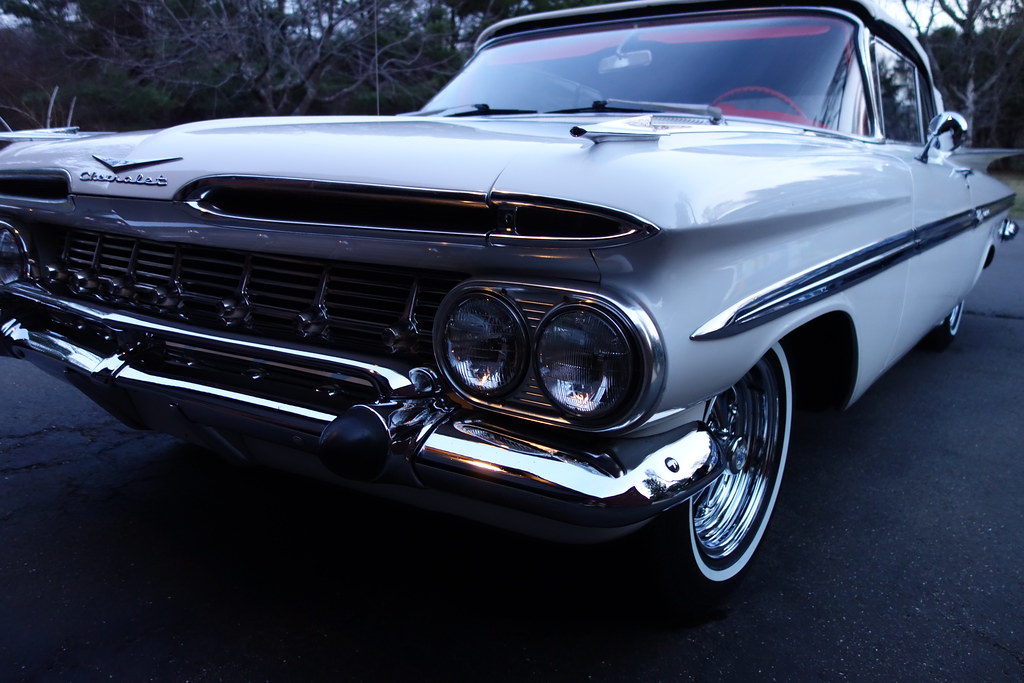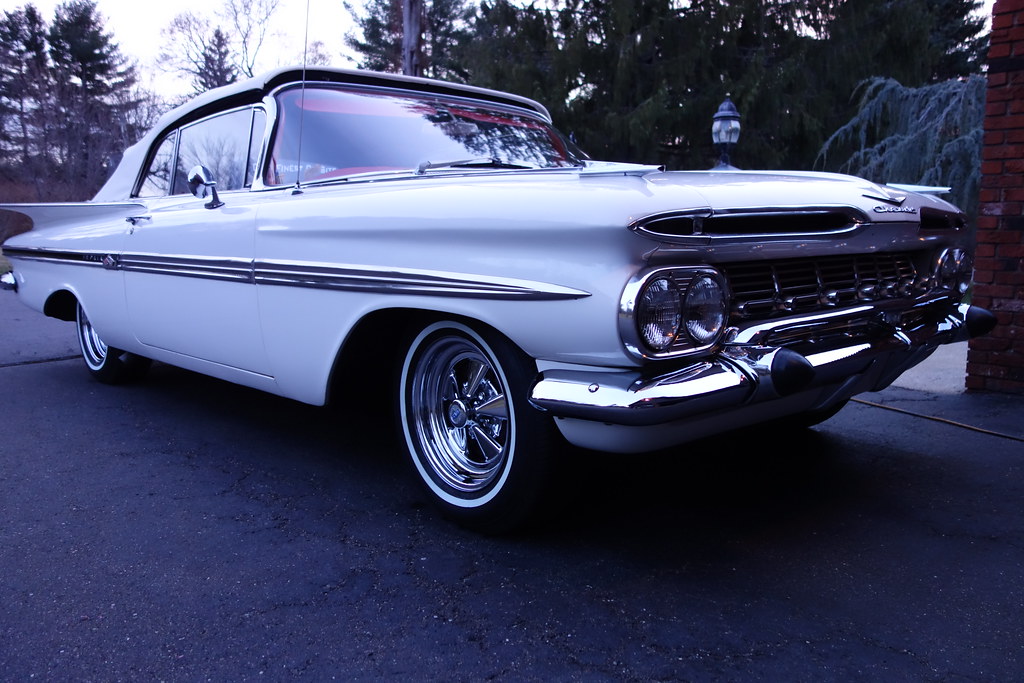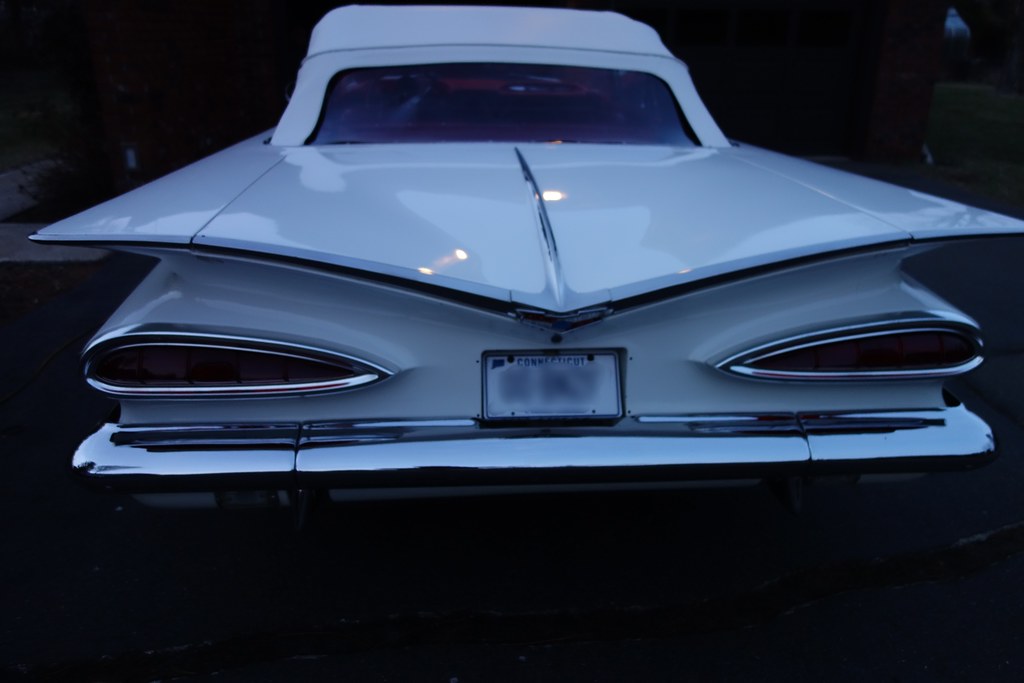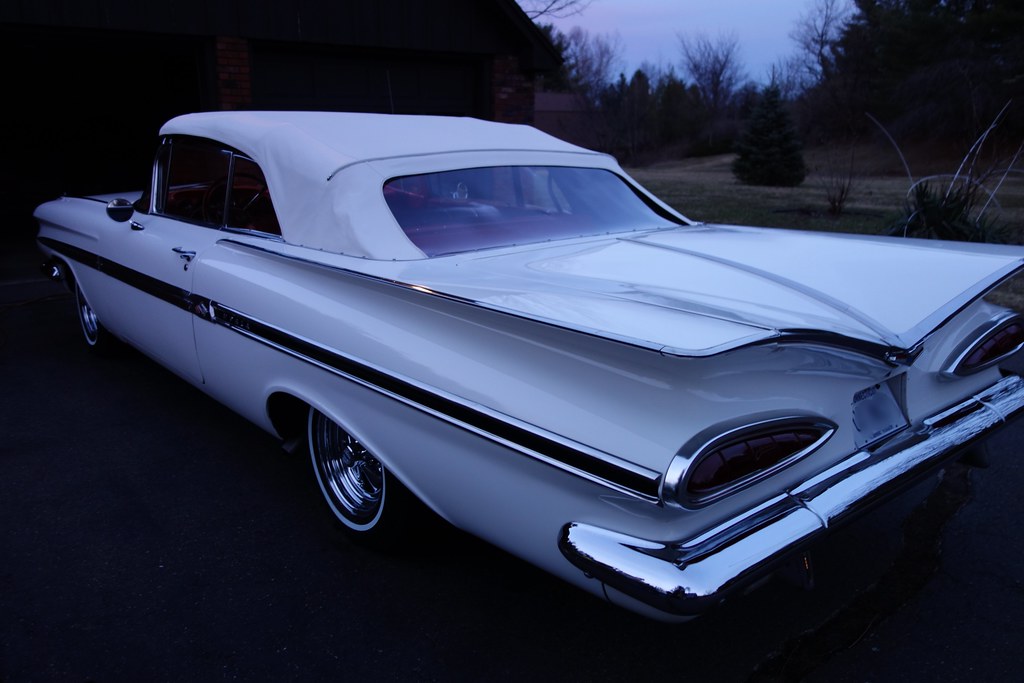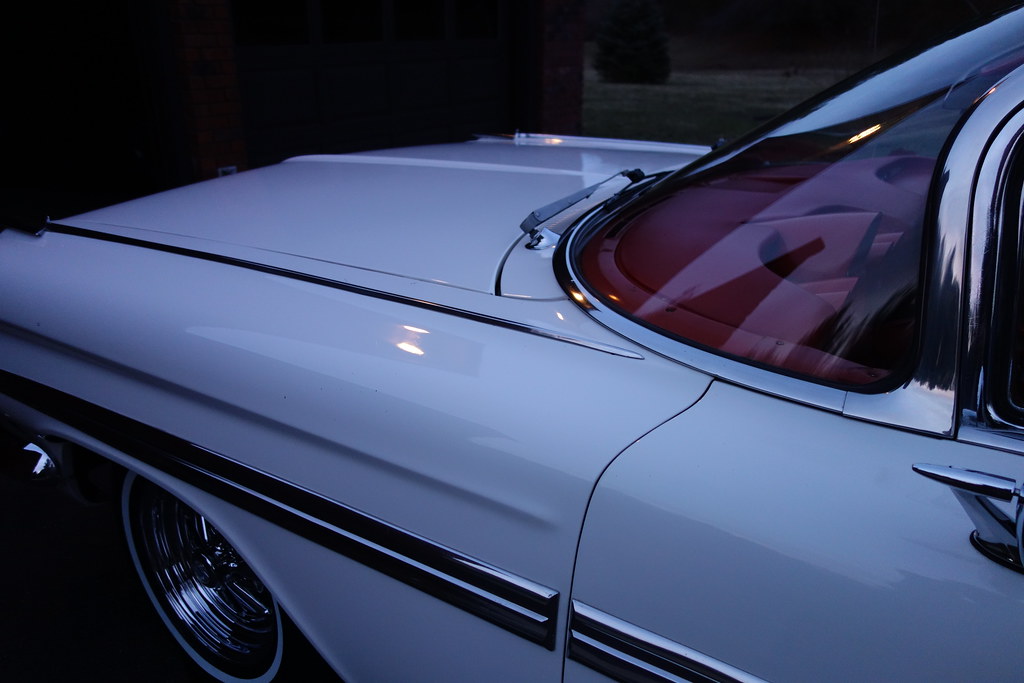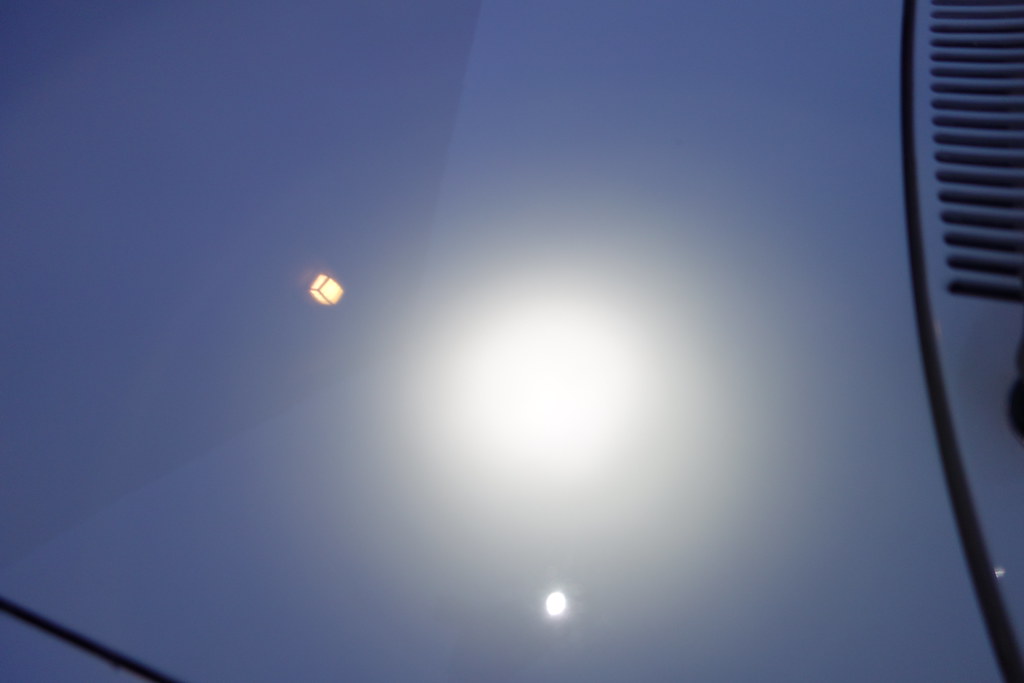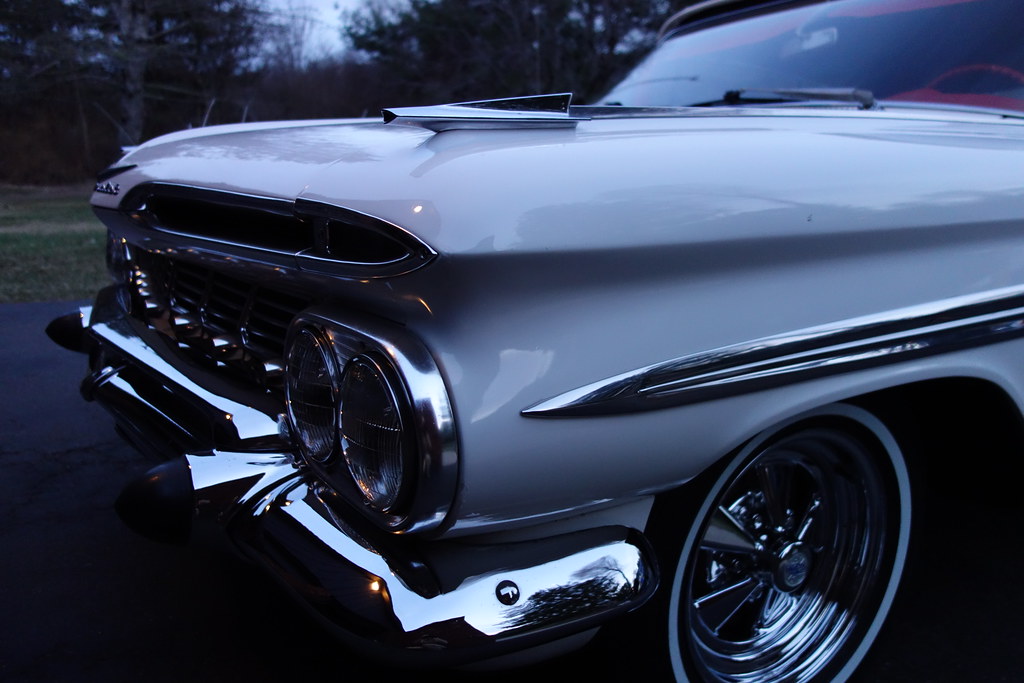PinnacleAutoCT
New member
This 1959 Impala was brought to my attention by an older gentleman who had stored it in his barn for quite some time. The car was painted approximately forty years ago with lacquer, and since then had never been polished or seen much in the way of proper maintenance. The goal with this detail was to restore oils to the single stage paint, remove a large percentage of the swirling and get the chrome and paint protected.
Before:
Surface staining, oxidation and marring dulled the finish.
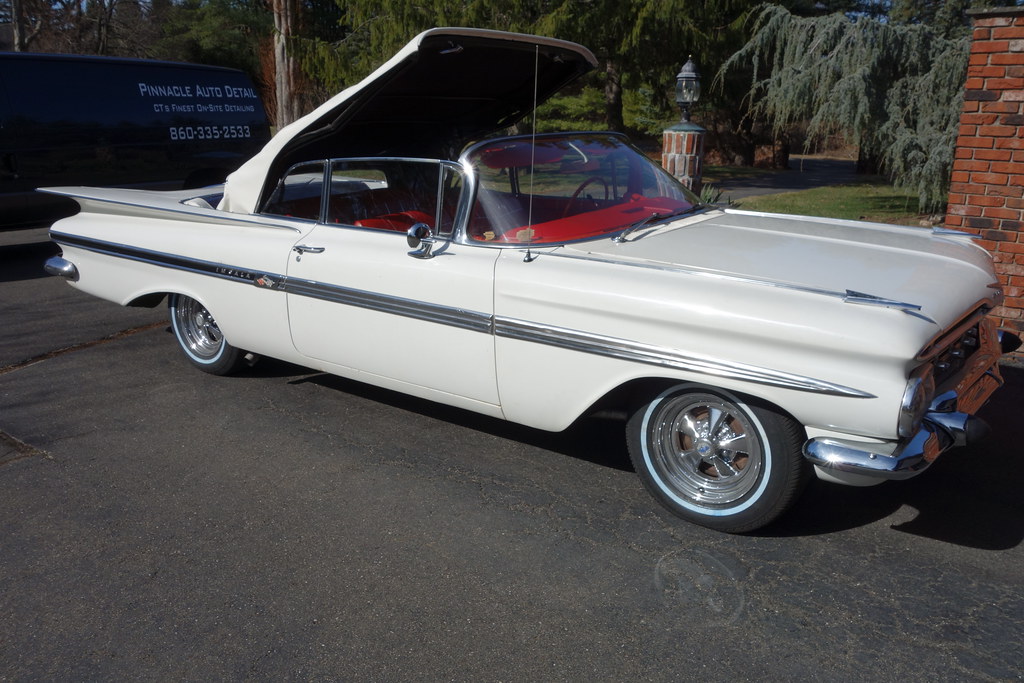 DSC01508 by Mike Donoghue, on Flickr
DSC01508 by Mike Donoghue, on Flickr
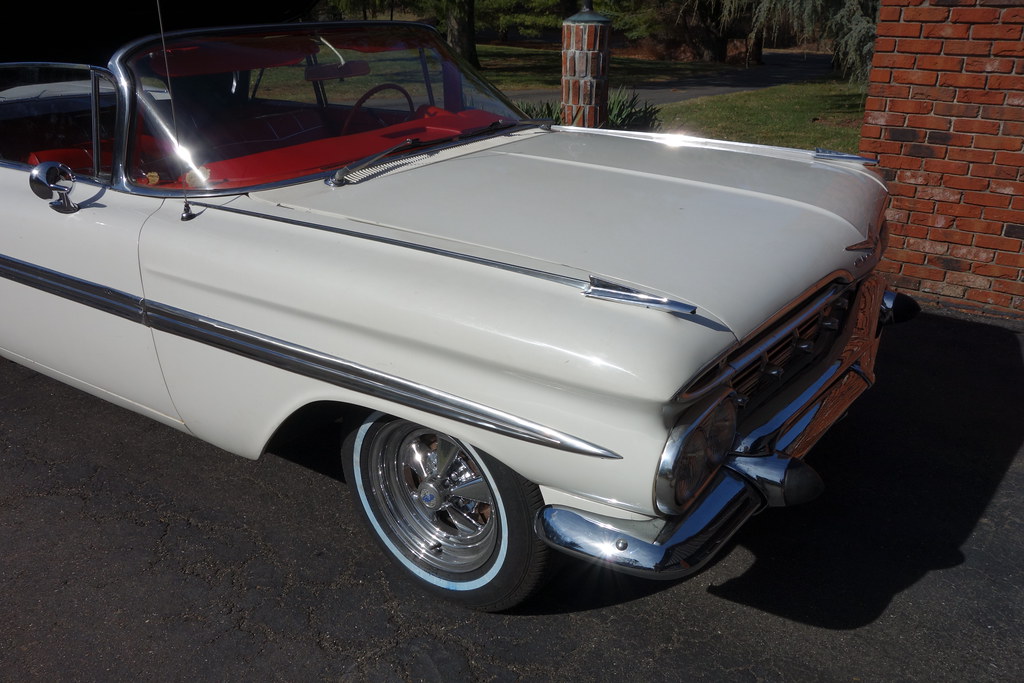 DSC01500 by Mike Donoghue, on Flickr
DSC01500 by Mike Donoghue, on Flickr
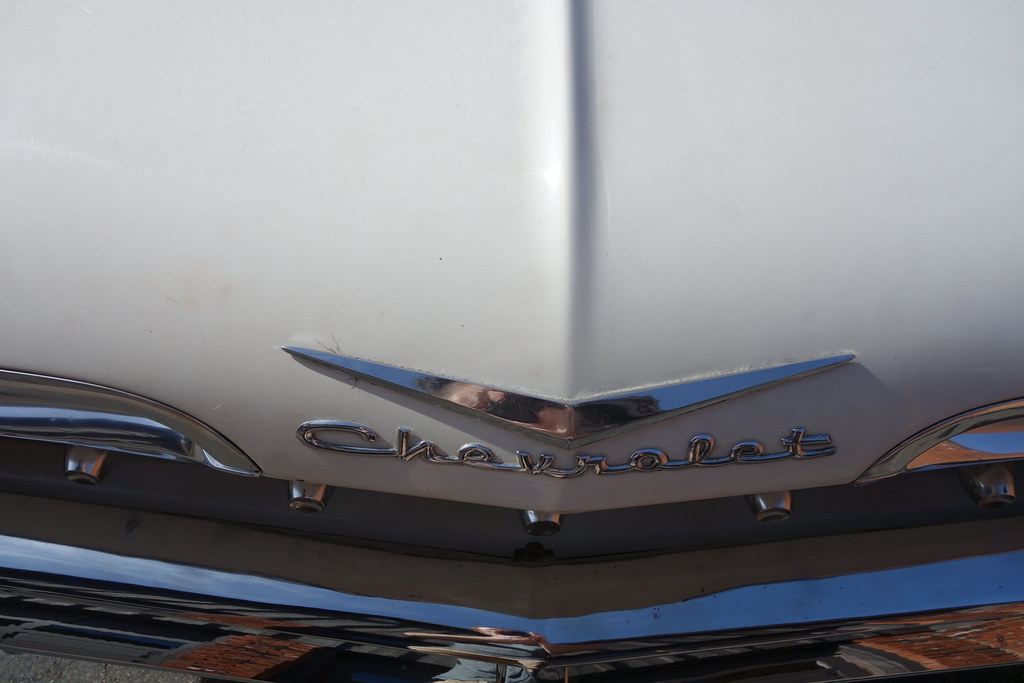 DSC01499 by Mike Donoghue, on Flickr
DSC01499 by Mike Donoghue, on Flickr
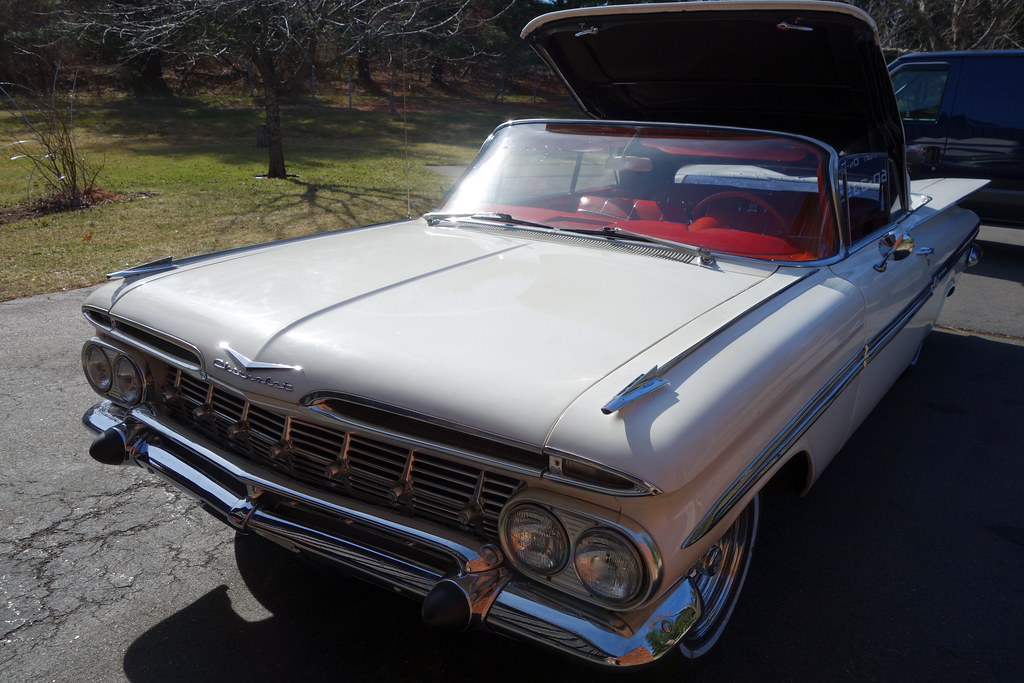 DSC01491 by Mike Donoghue, on Flickr
DSC01491 by Mike Donoghue, on Flickr
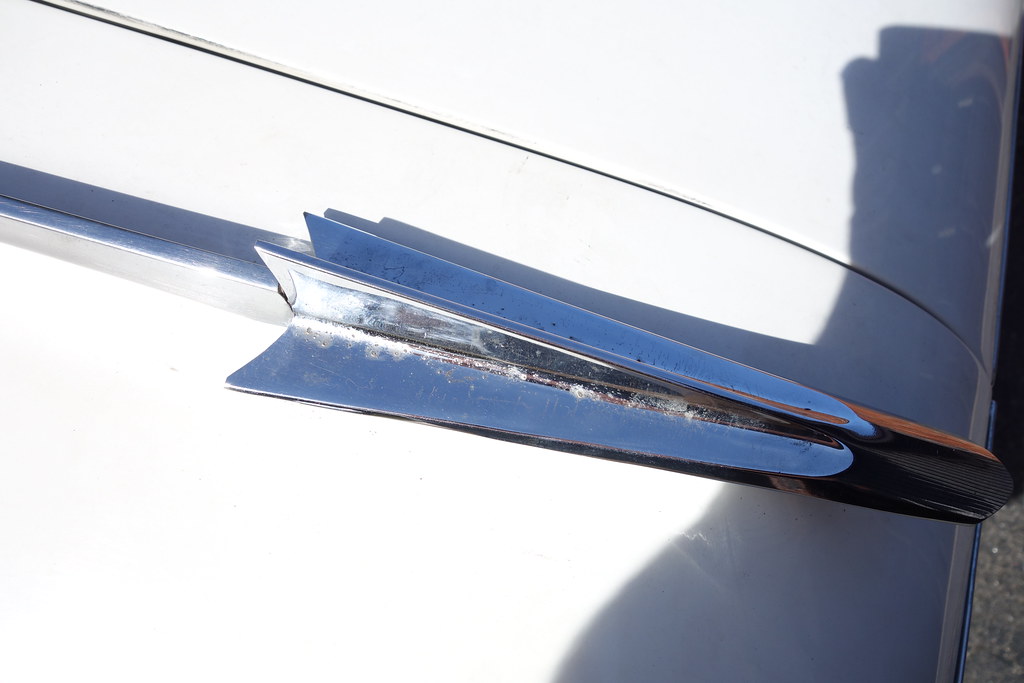 DSC01506 by Mike Donoghue, on Flickr
DSC01506 by Mike Donoghue, on Flickr
Heavy marring was evident across all panels:
 DSC01489 by Mike Donoghue, on Flickr
DSC01489 by Mike Donoghue, on Flickr
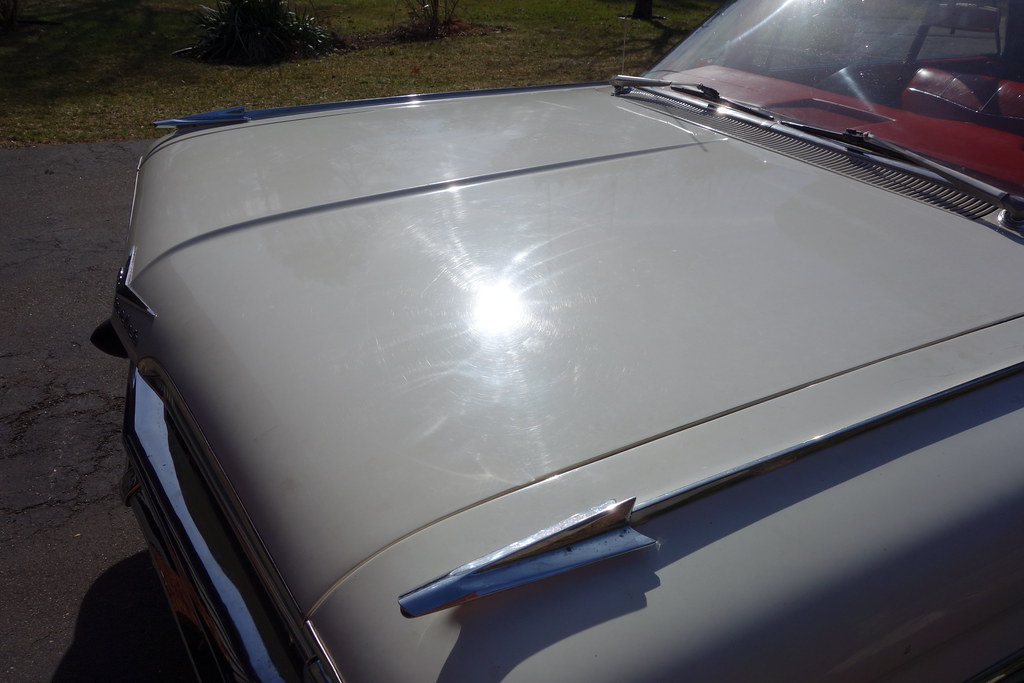 DSC01485 by Mike Donoghue, on Flickr
DSC01485 by Mike Donoghue, on Flickr
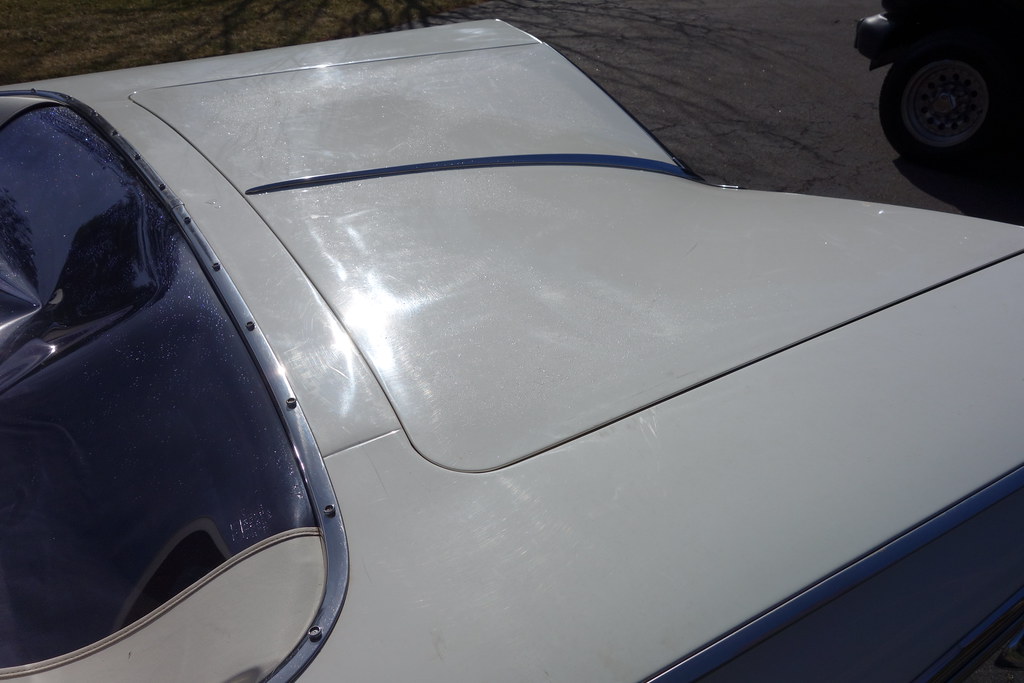 DSC01479 by Mike Donoghue, on Flickr
DSC01479 by Mike Donoghue, on Flickr
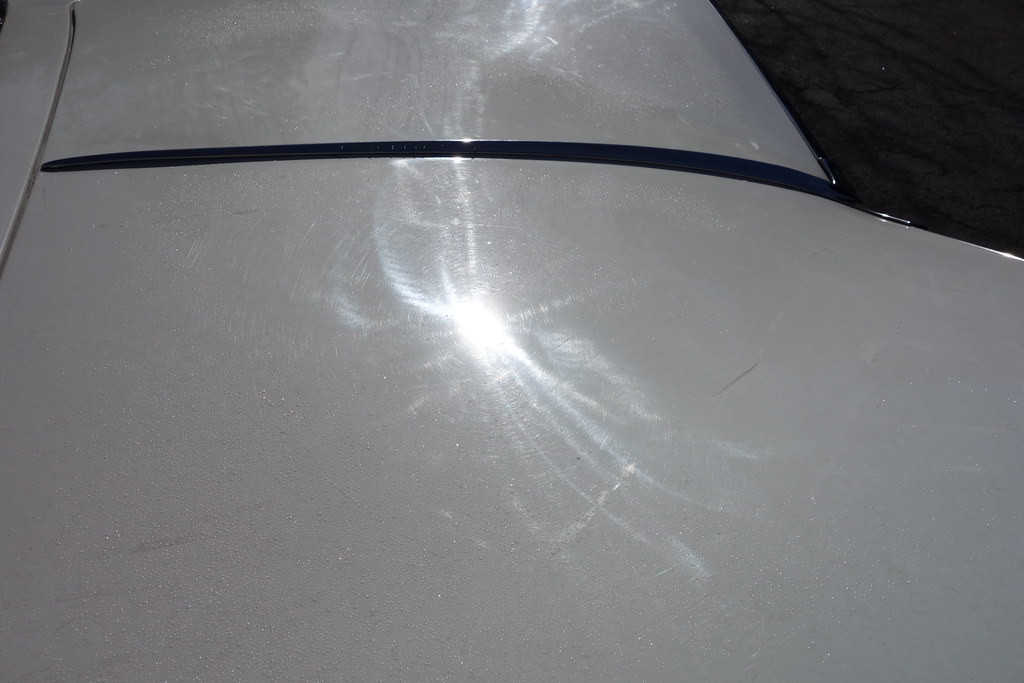 DSC01477 by Mike Donoghue, on Flickr
DSC01477 by Mike Donoghue, on Flickr
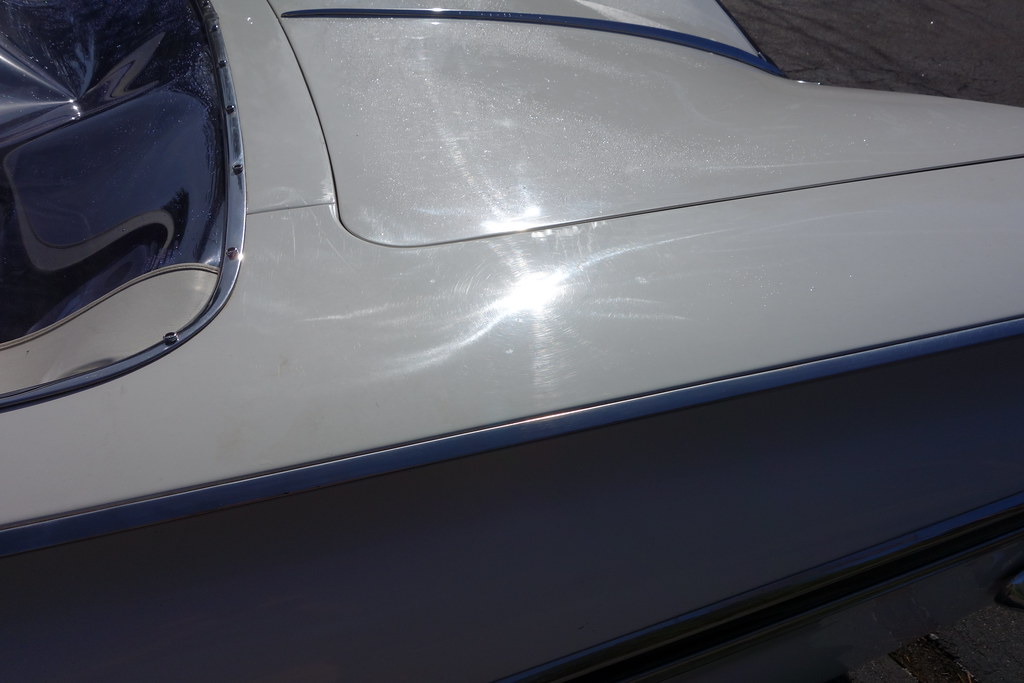 DSC01476 by Mike Donoghue, on Flickr
DSC01476 by Mike Donoghue, on Flickr
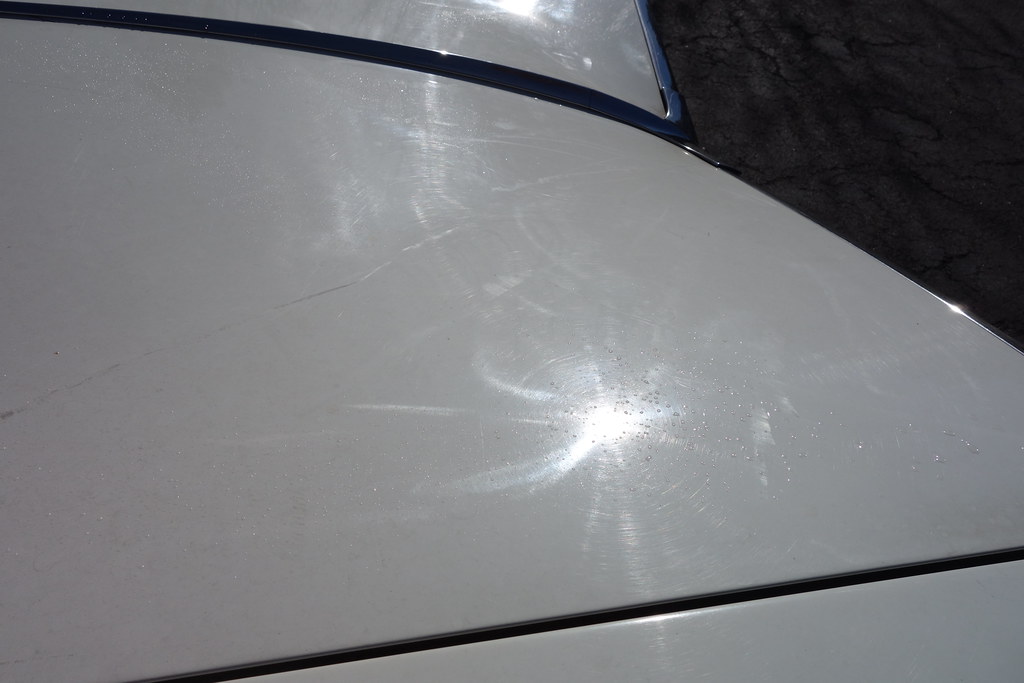 DSC01473 by Mike Donoghue, on Flickr
DSC01473 by Mike Donoghue, on Flickr
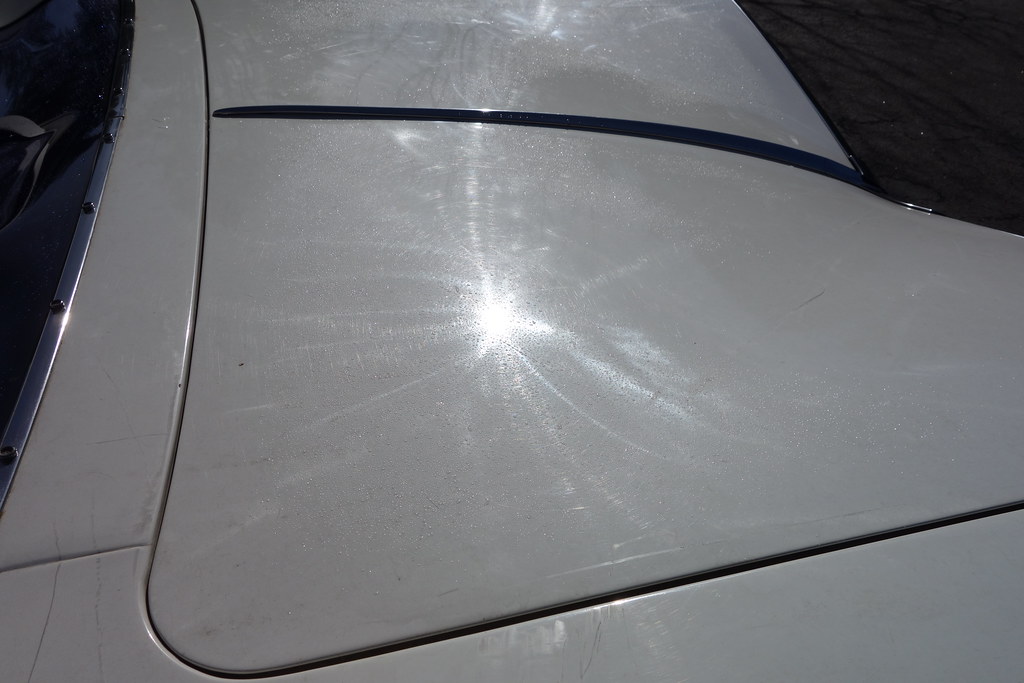 DSC01474 by Mike Donoghue, on Flickr
DSC01474 by Mike Donoghue, on Flickr
 DSC01514 by Mike Donoghue, on Flickr
DSC01514 by Mike Donoghue, on Flickr
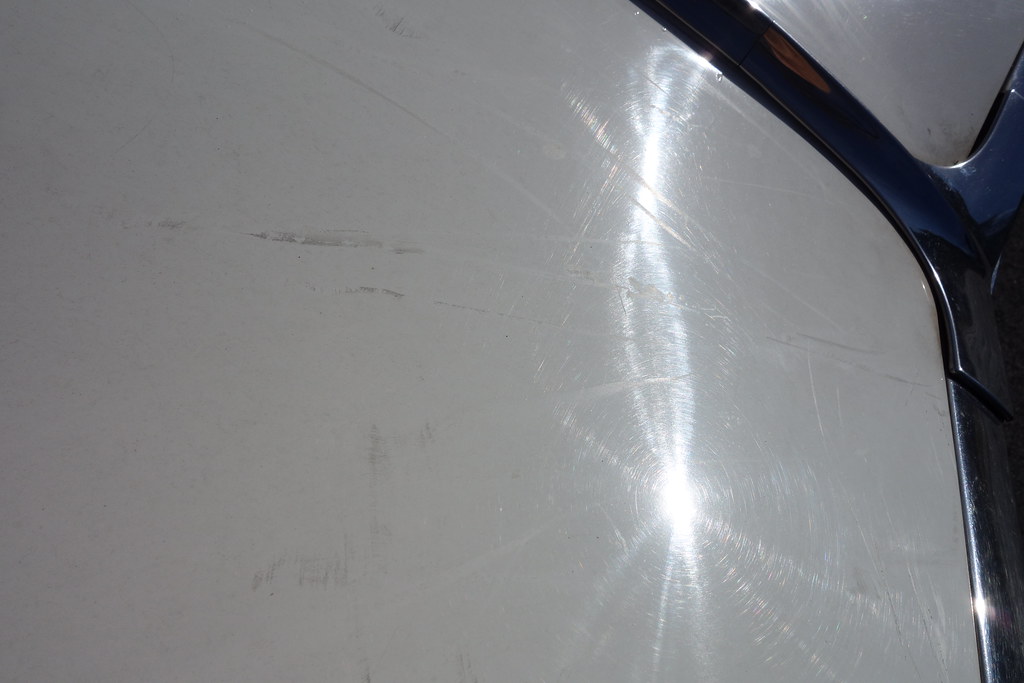 DSC01524 by Mike Donoghue, on Flickr
DSC01524 by Mike Donoghue, on Flickr
Surface staining from years of sitting in the barn:
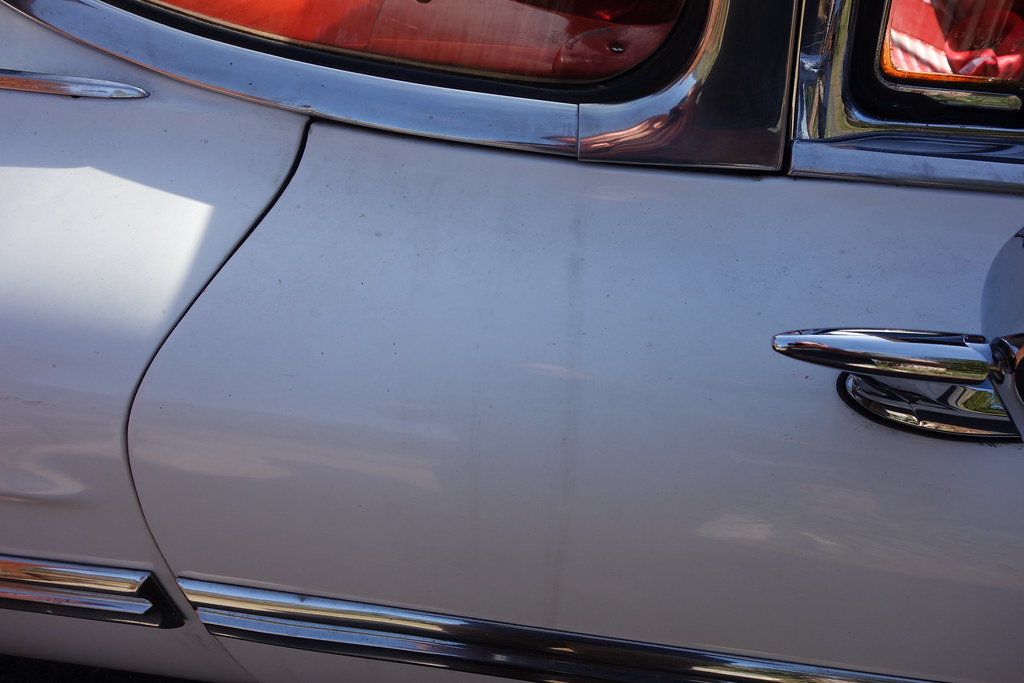 DSC01484 by Mike Donoghue, on Flickr
DSC01484 by Mike Donoghue, on Flickr
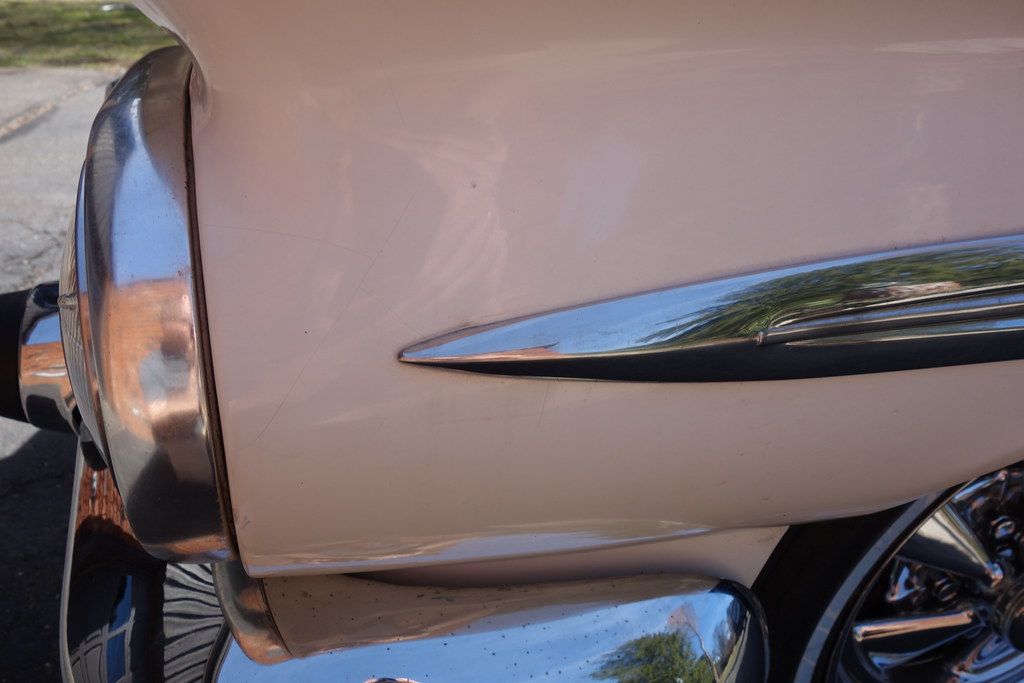 DSC01495 by Mike Donoghue, on Flickr
DSC01495 by Mike Donoghue, on Flickr
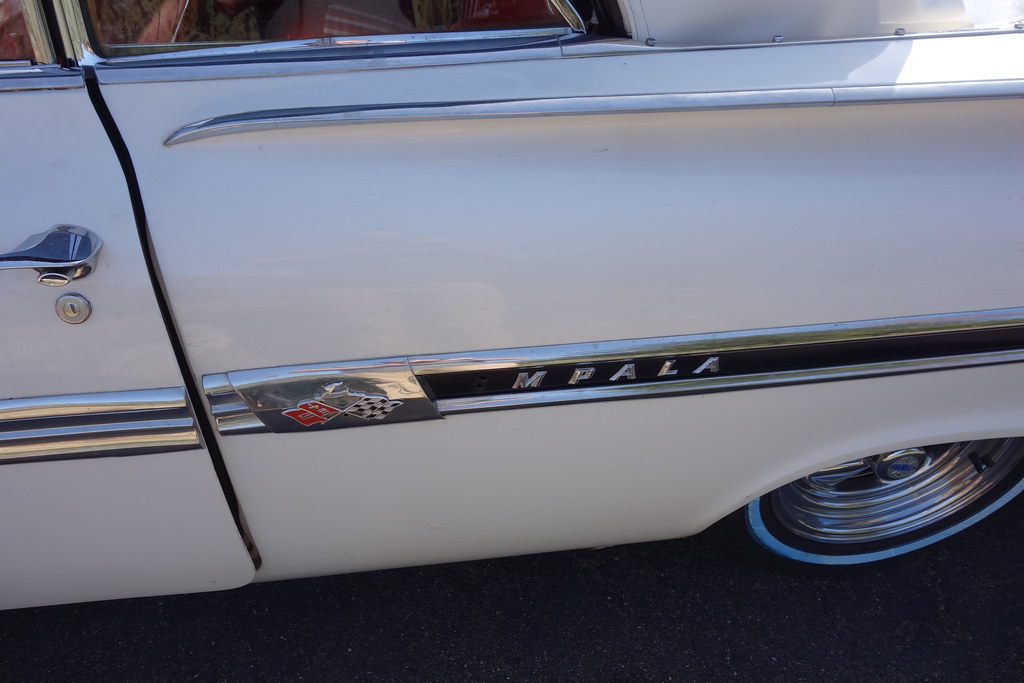 DSC01480 by Mike Donoghue, on Flickr
DSC01480 by Mike Donoghue, on Flickr
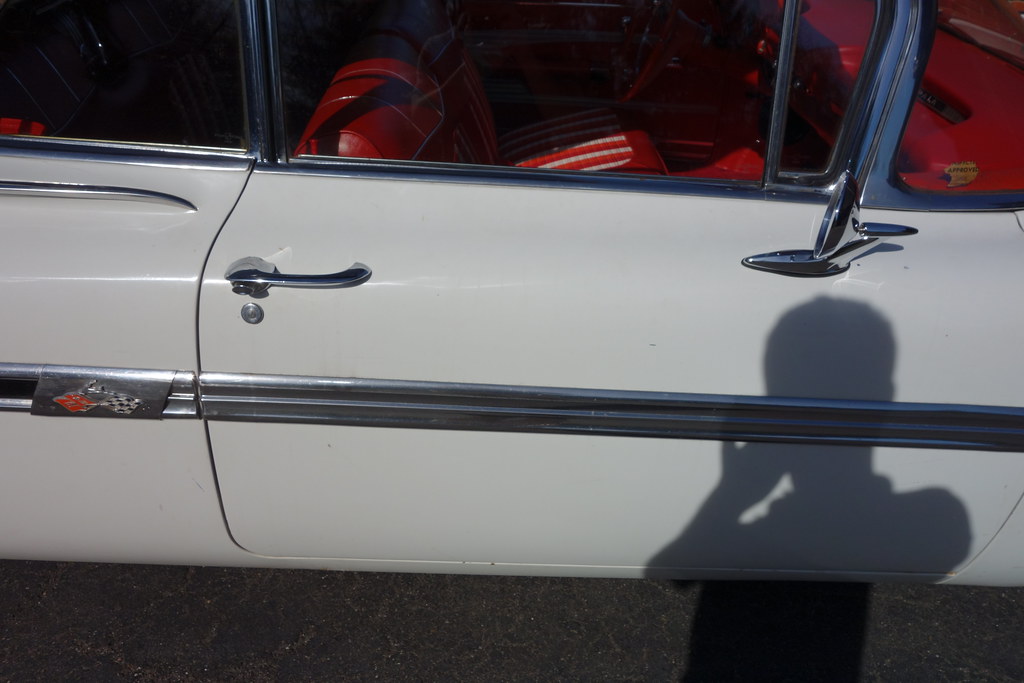 DSC01511 by Mike Donoghue, on Flickr
DSC01511 by Mike Donoghue, on Flickr
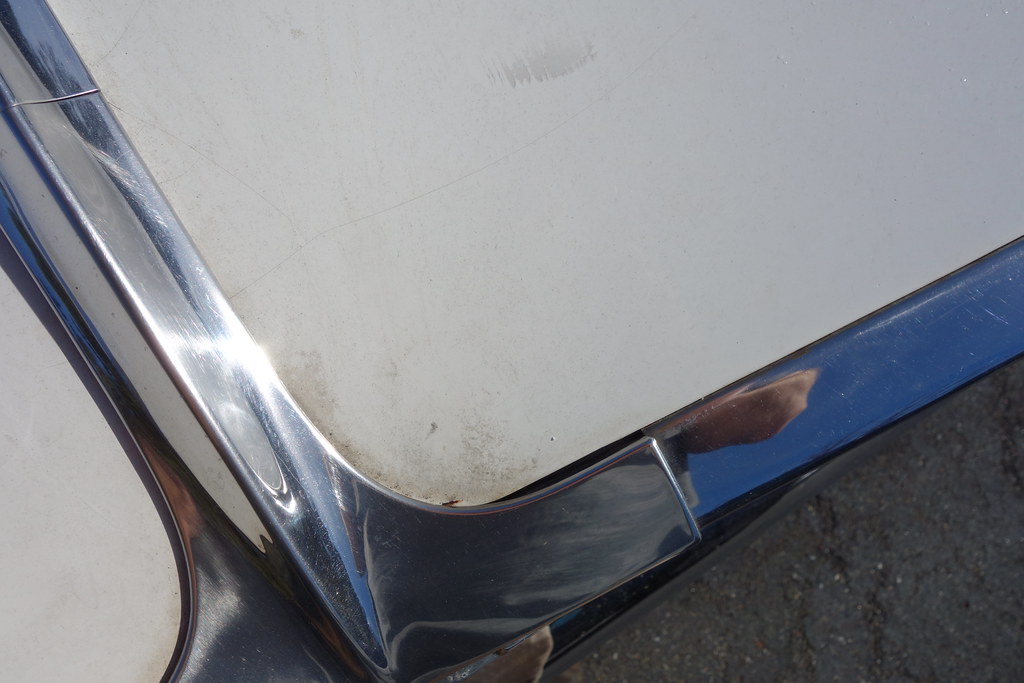 DSC01516 by Mike Donoghue, on Flickr
DSC01516 by Mike Donoghue, on Flickr
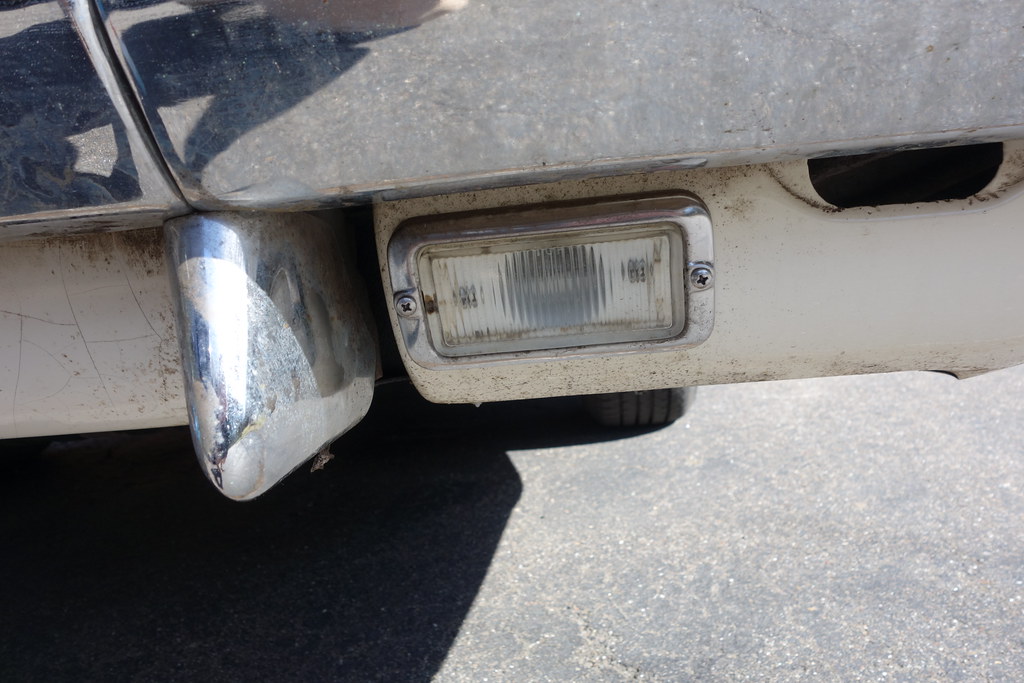 DSC01533 by Mike Donoghue, on Flickr
DSC01533 by Mike Donoghue, on Flickr
After a wipedown with Optimum No Rinse at QD dilution, the car was decontaminated using Clay Magic fine grade clay, and Meguiar’s #7 was applied to the paintwork to restore oils to the lacquer:
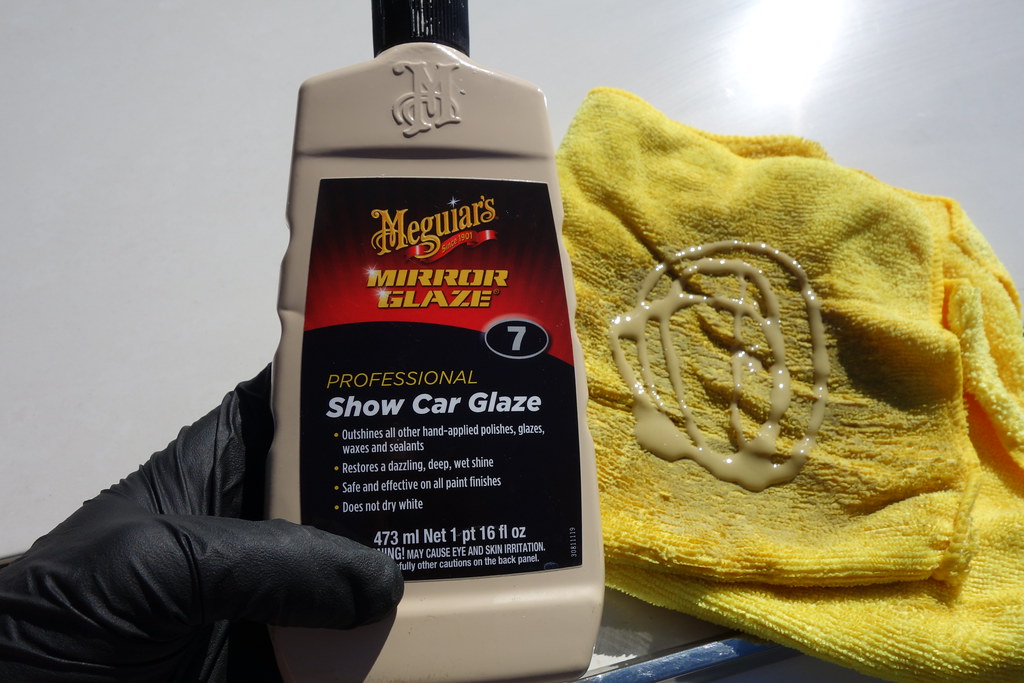 DSC01539 by Mike Donoghue, on Flickr
DSC01539 by Mike Donoghue, on Flickr
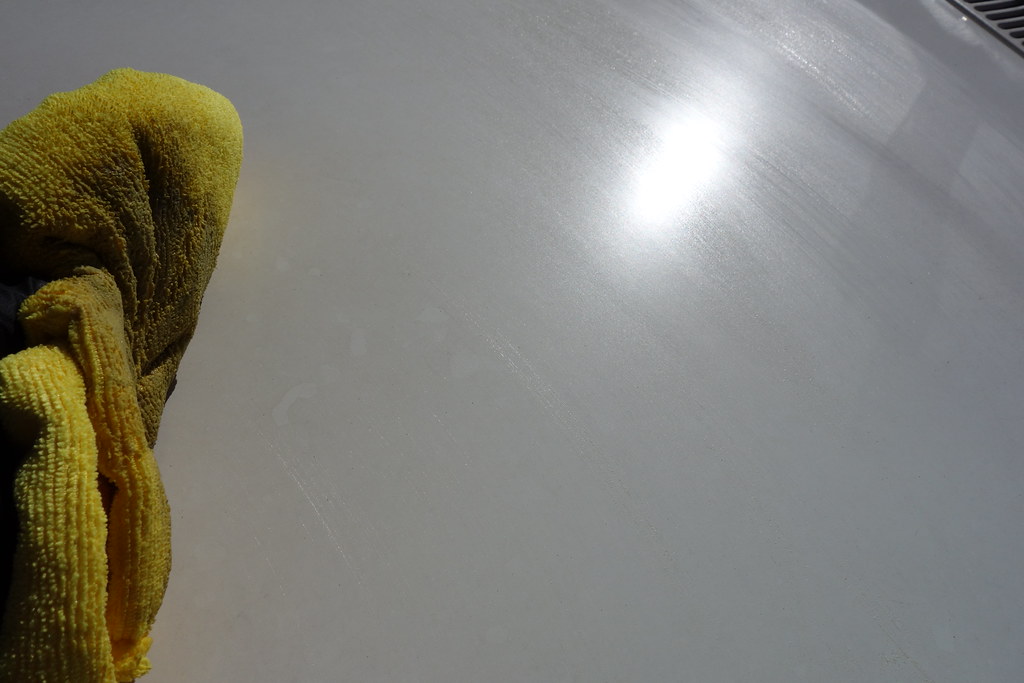 DSC01541 by Mike Donoghue, on Flickr
DSC01541 by Mike Donoghue, on Flickr
After the decon step and #7 application the paint was looking cleaner and brighter, but still heavily marred:
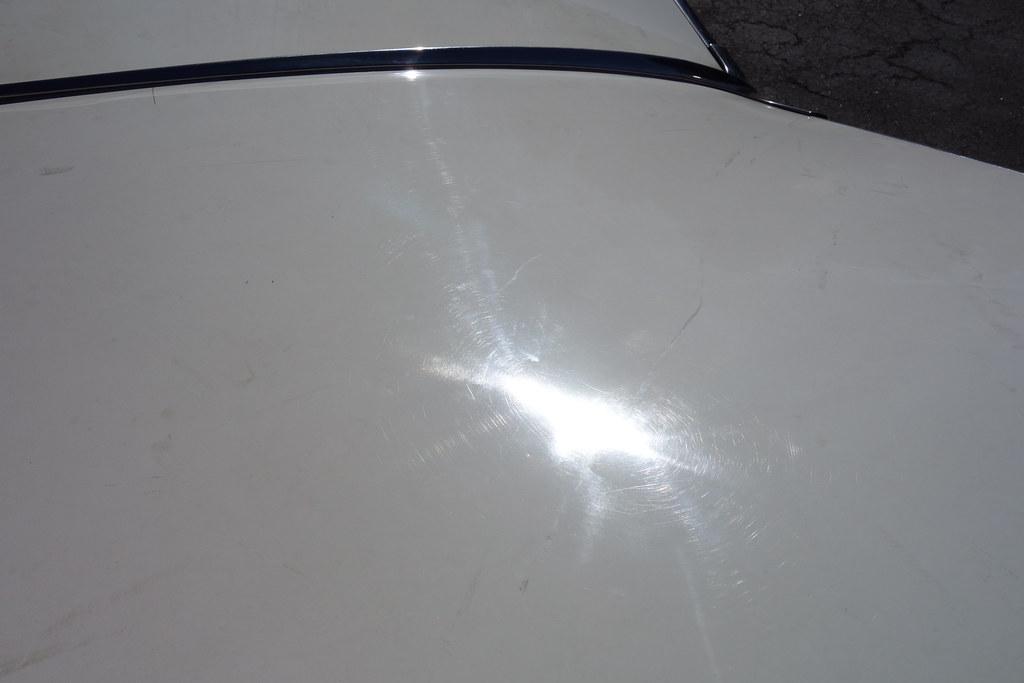 DSC01544 by Mike Donoghue, on Flickr
DSC01544 by Mike Donoghue, on Flickr
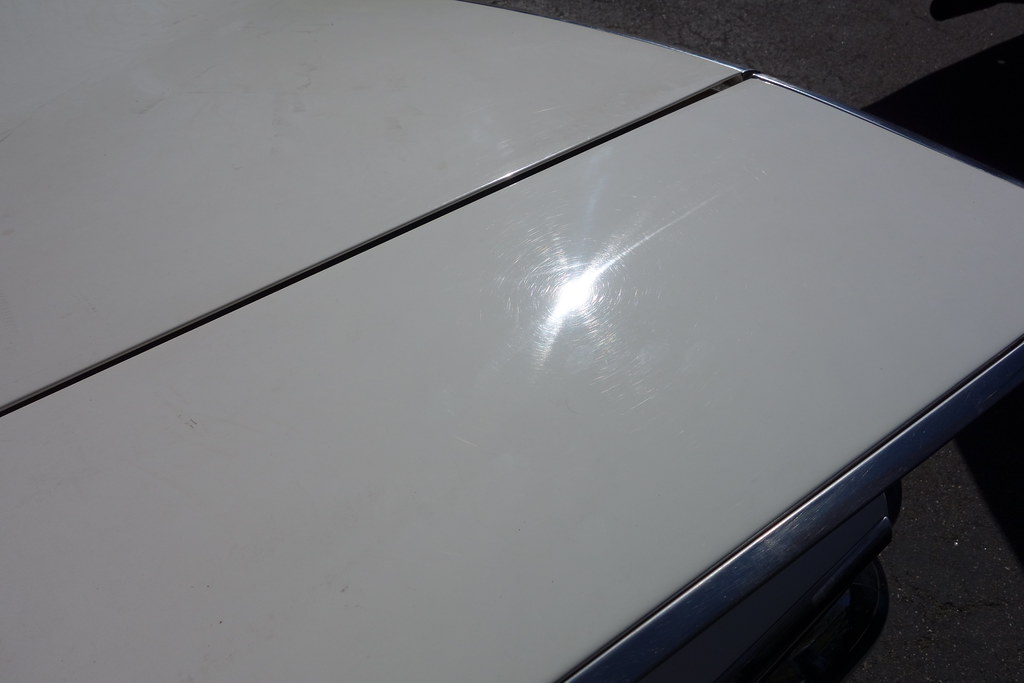 DSC01546 by [url
DSC01546 by [url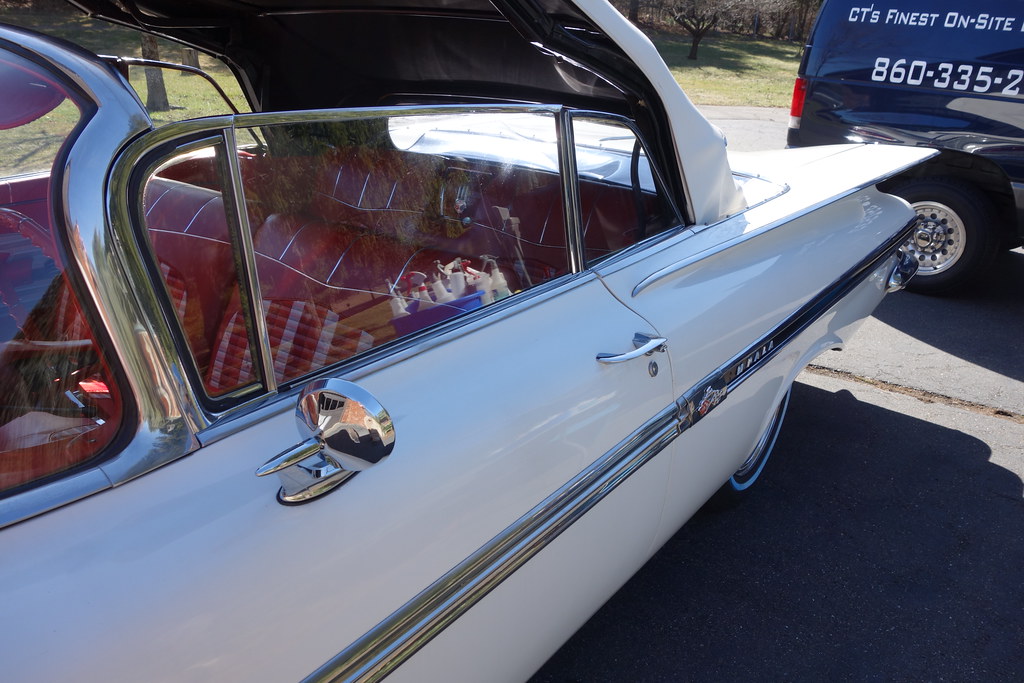 DSC01548 by Mike Donoghue, on Flickr
DSC01548 by Mike Donoghue, on Flickr
 DSC01548 by Mike Donoghue, on Flickr
DSC01548 by Mike Donoghue, on Flickr
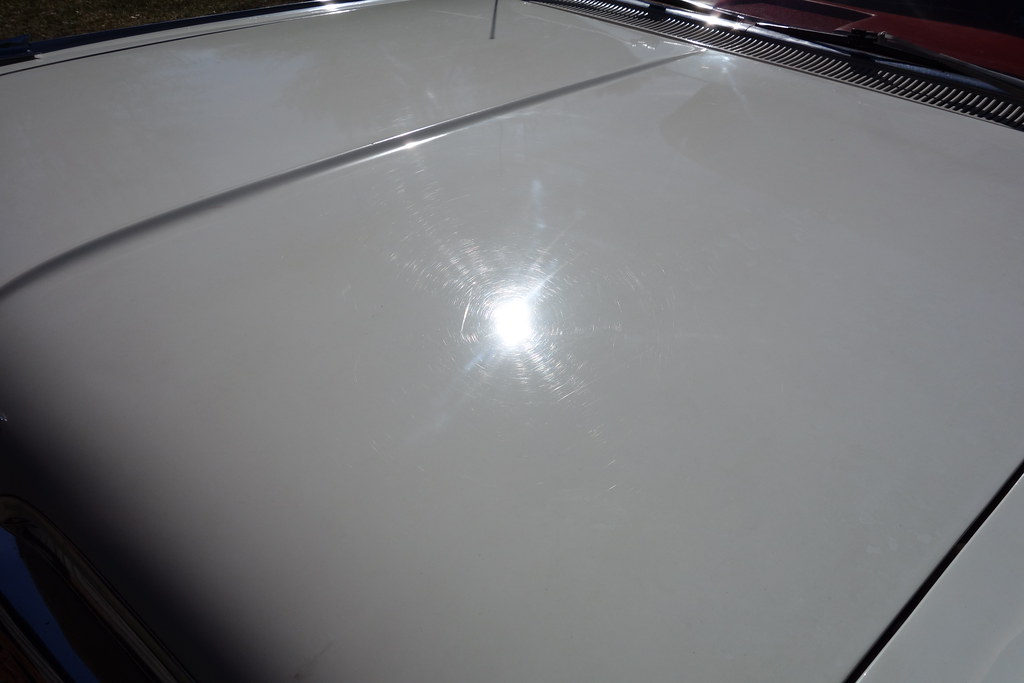 DSC01551 by Mike Donoghue, on Flickr
DSC01551 by Mike Donoghue, on Flickr
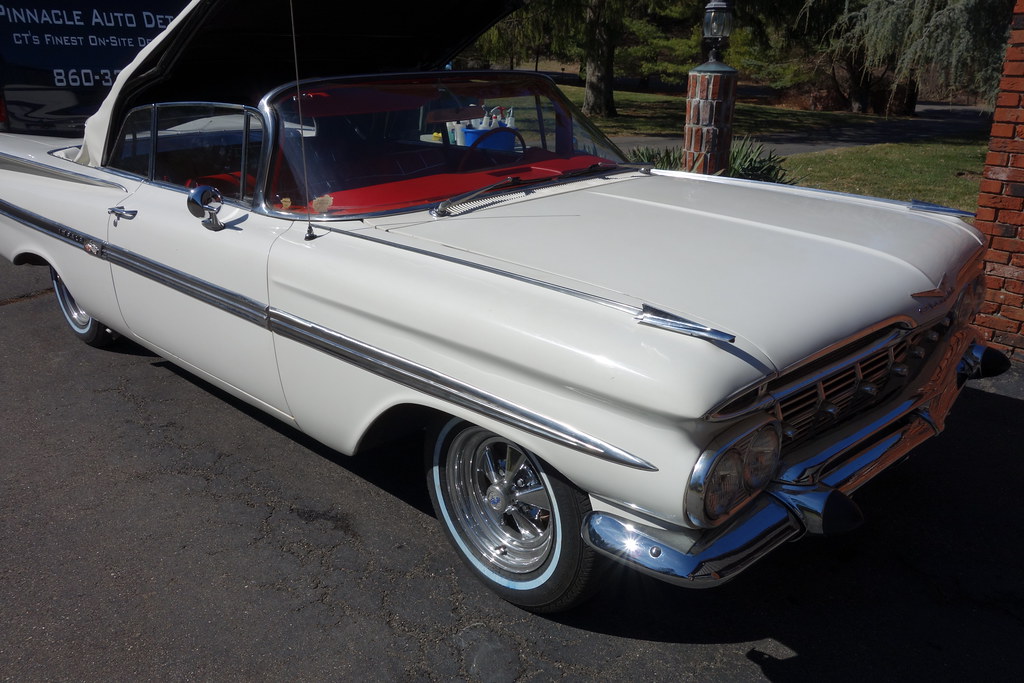 DSC01553 by Mike Donoghue, on Flickr
DSC01553 by Mike Donoghue, on Flickr
After some testing, a combination of HD Polish and Meguiar’s D300 was found to remove approximately 80% of the paint’s defects when used with LC black finishing pads on the Rupes 21 and 75E. This process made a dramatic increase in the paint’s appearance, especially under direct lighting, without removing an amount of paint thickness that would jeopardize the integrity of the aging lacquer finish.
In these pictures the paint had been polished, while the trim and areas around/under the trim edges had yet to be touched:
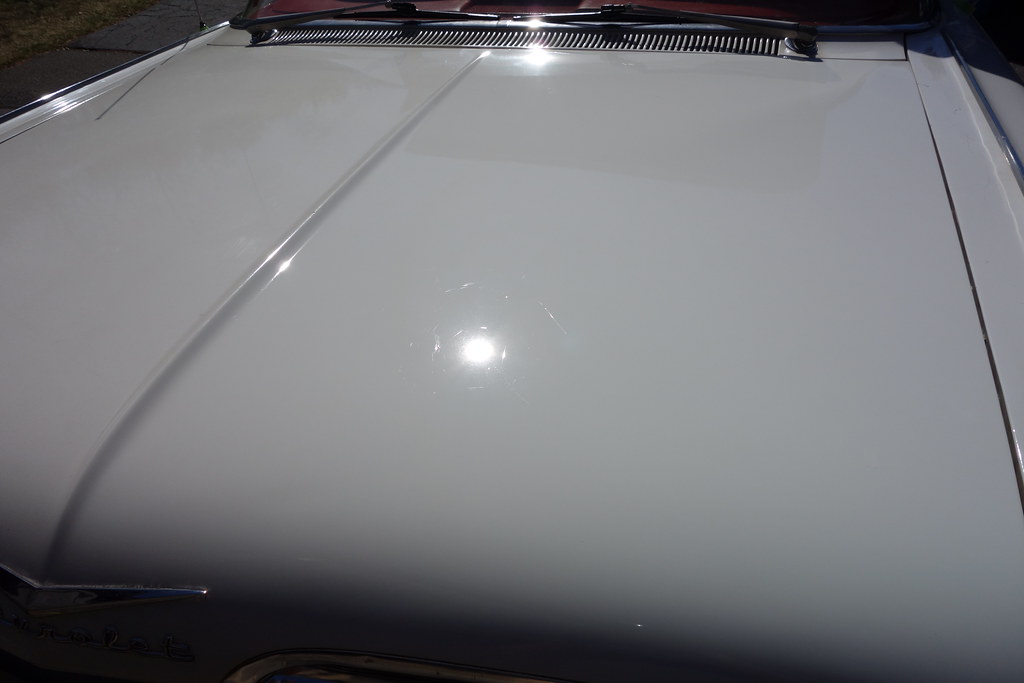 DSC01563 by Mike Donoghue, on Flickr
DSC01563 by Mike Donoghue, on Flickr
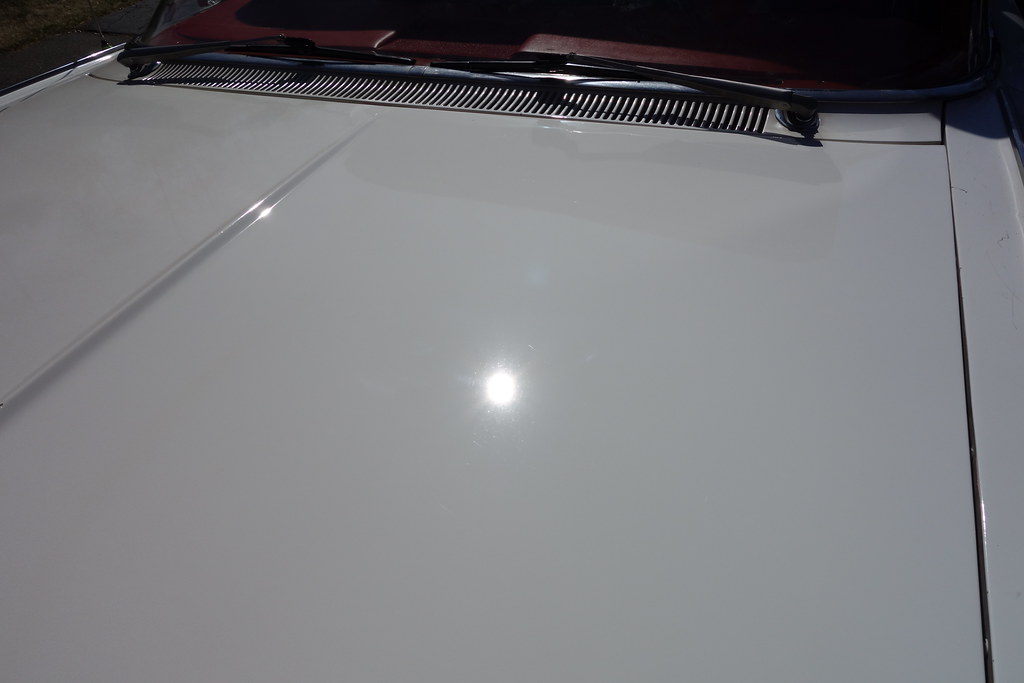 DSC01564 by Mike Donoghue, on Flickr
DSC01564 by Mike Donoghue, on Flickr
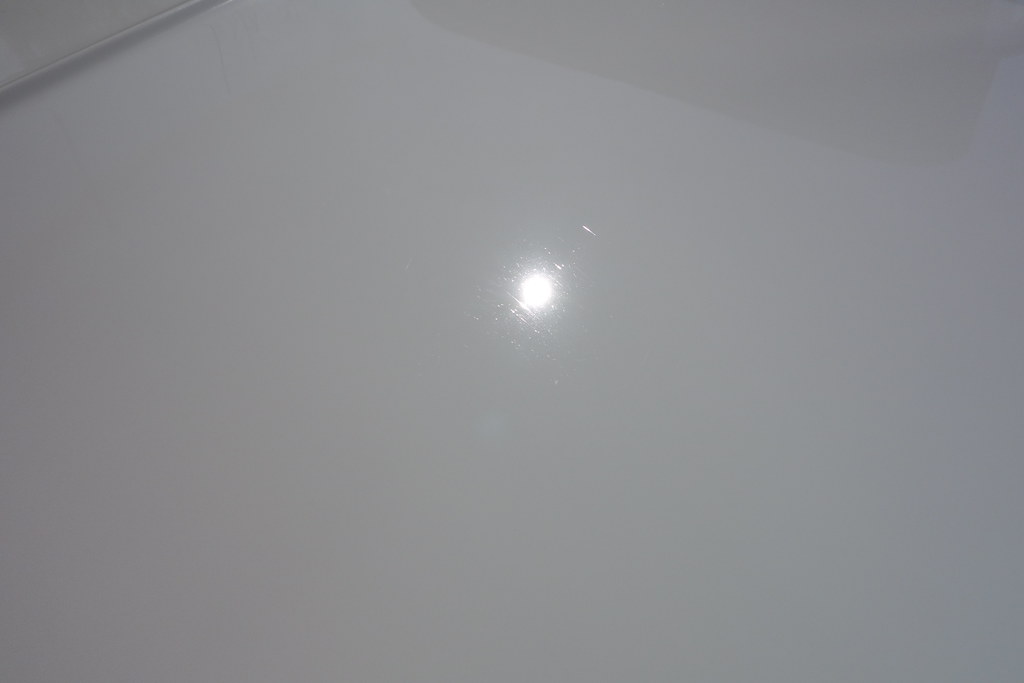 DSC01566 by Mike Donoghue, on Flickr
DSC01566 by Mike Donoghue, on Flickr
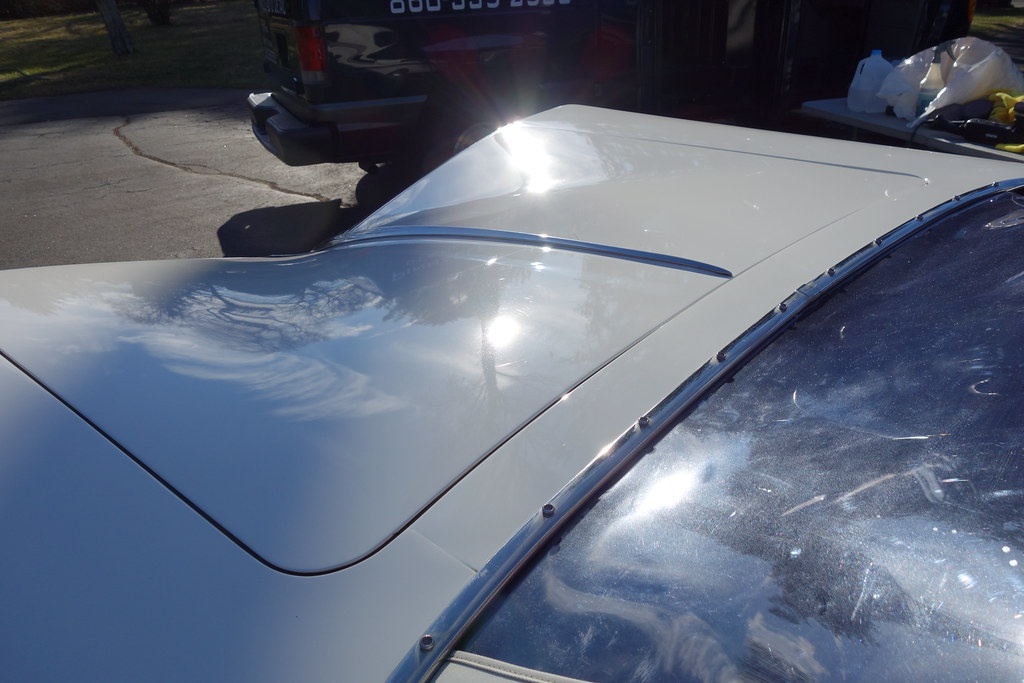 DSCHUBBA by Mike Donoghue, on Flickr
DSCHUBBA by Mike Donoghue, on Flickr
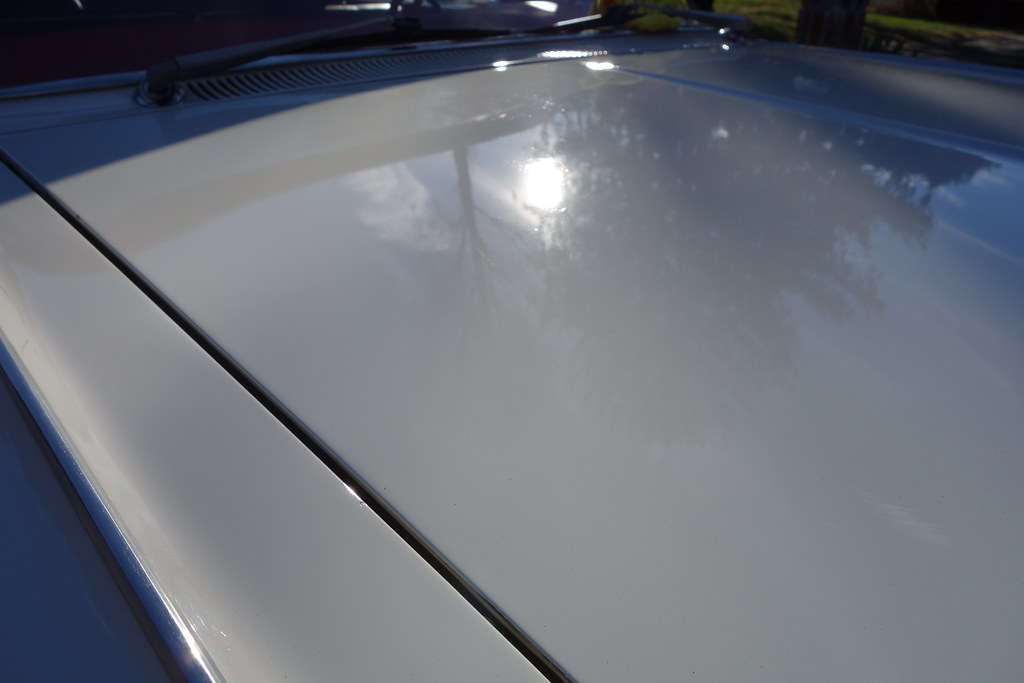 DSC01584 by Mike Donoghue, on Flickr
DSC01584 by Mike Donoghue, on Flickr
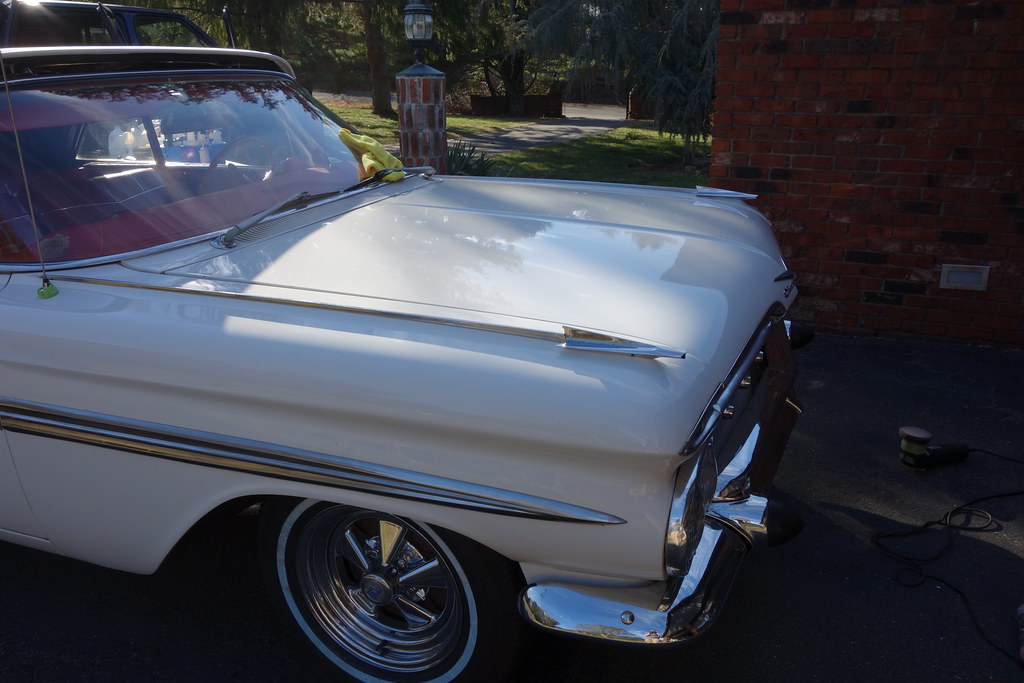 DSC01587 by Mike Donoghue, on Flickr
DSC01587 by Mike Donoghue, on Flickr
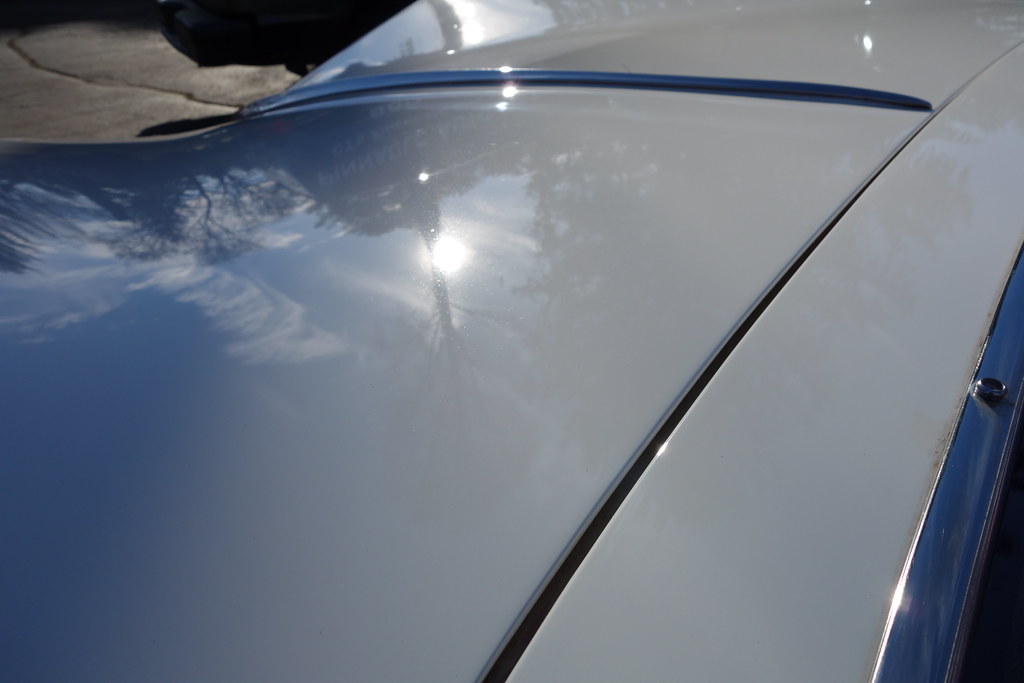 DSC01590 by Mike Donoghue, on Flickr
DSC01590 by Mike Donoghue, on Flickr
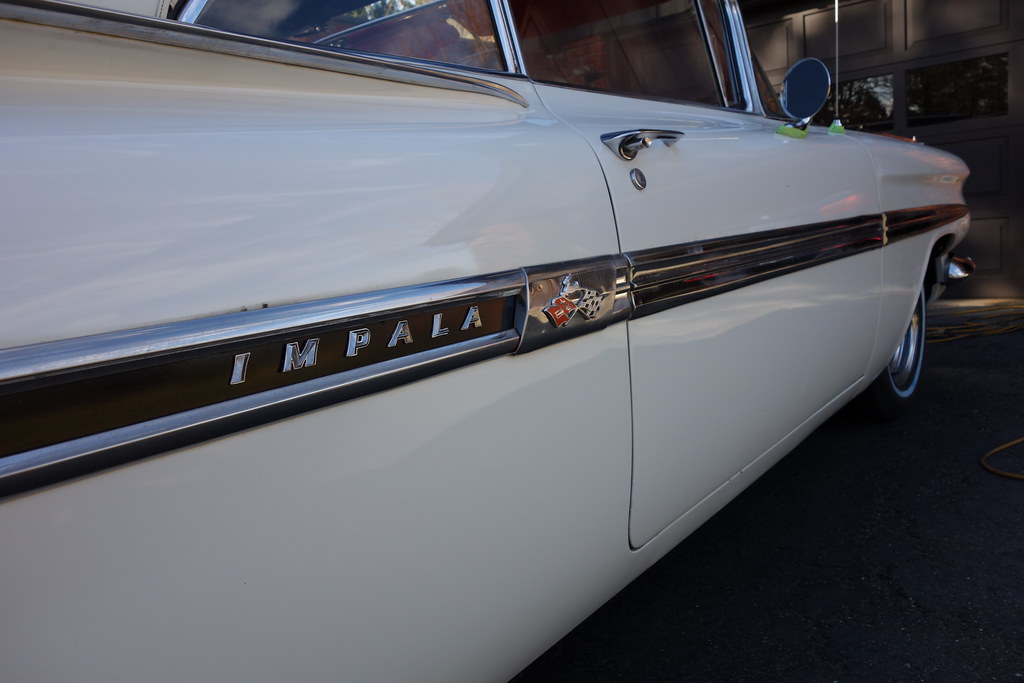 DSC01594 by Mike Donoghue, on Flickr
DSC01594 by Mike Donoghue, on Flickr
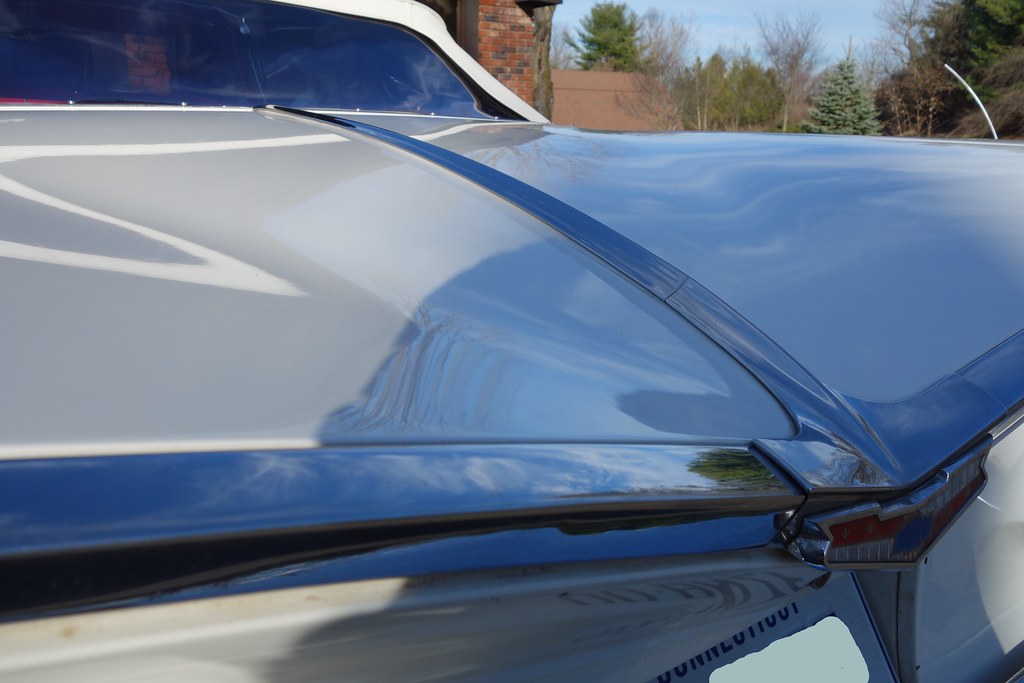 DSC01601 by Mike Donoghue, on Flickr
DSC01601 by Mike Donoghue, on Flickr
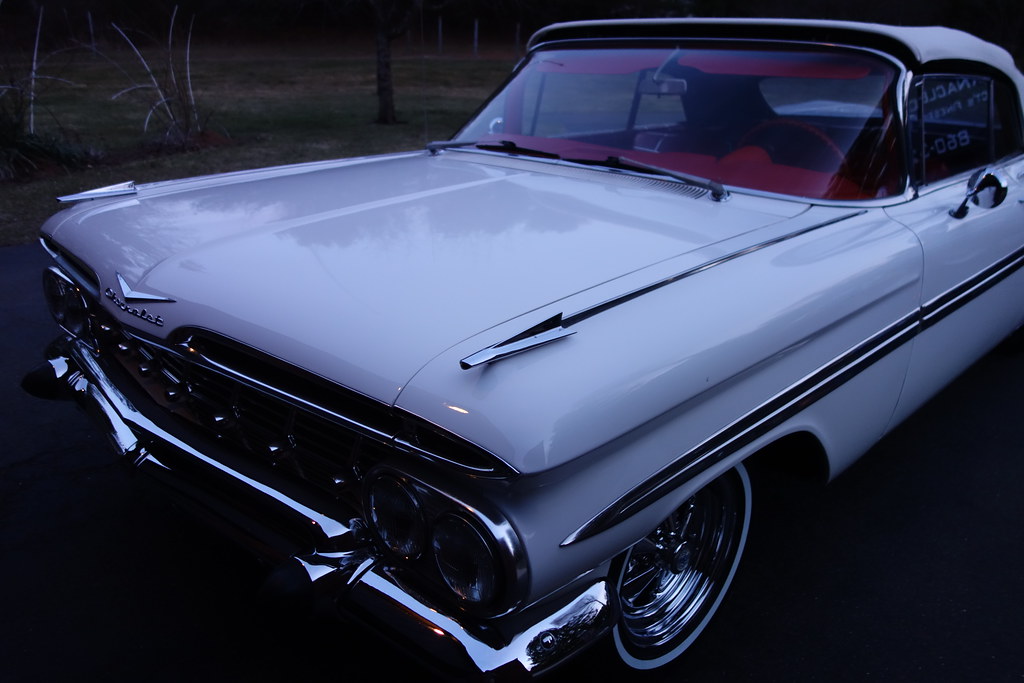 DSC01619 by Mike Donoghue, on Flickr
DSC01619 by Mike Donoghue, on Flickr
 DSC01606 by Mike Donoghue, on Flickr
DSC01606 by Mike Donoghue, on Flickr
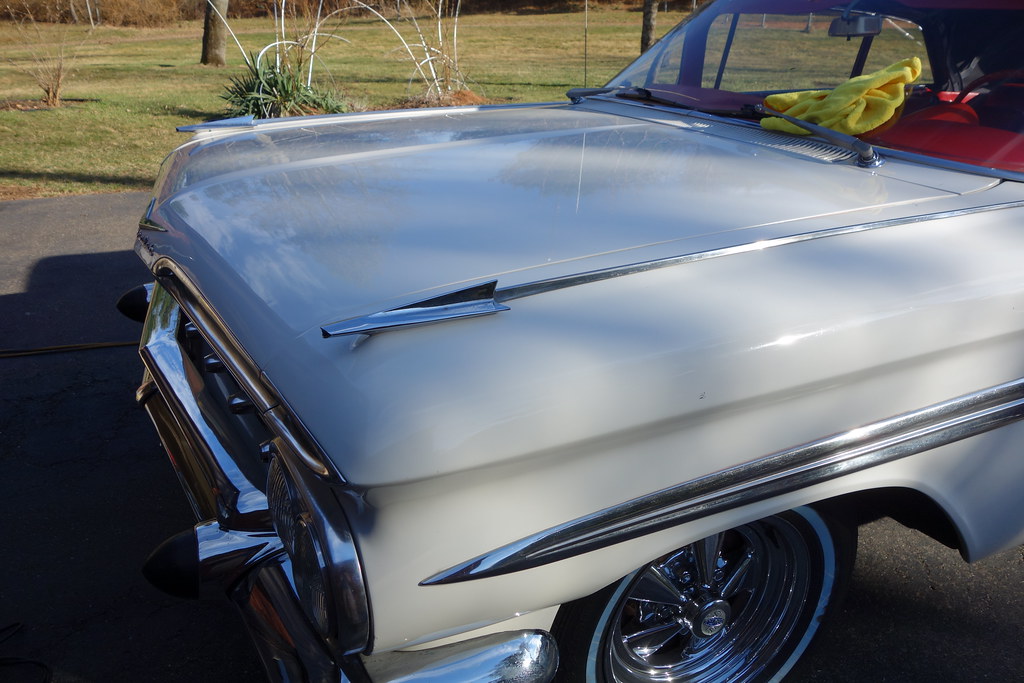 DSC01607 by Mike Donoghue, on Flickr
DSC01607 by Mike Donoghue, on Flickr
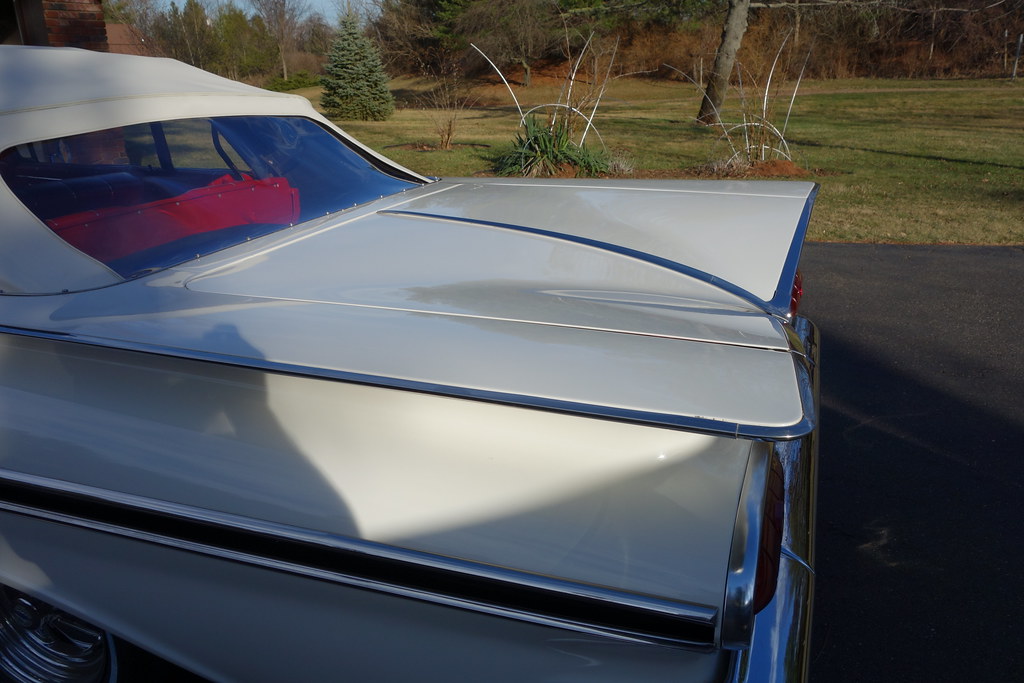 DSC01608 by Mike Donoghue, on Flickr
DSC01608 by Mike Donoghue, on Flickr
 DSC01611 by Mike Donoghue, on Flickr
DSC01611 by Mike Donoghue, on Flickr
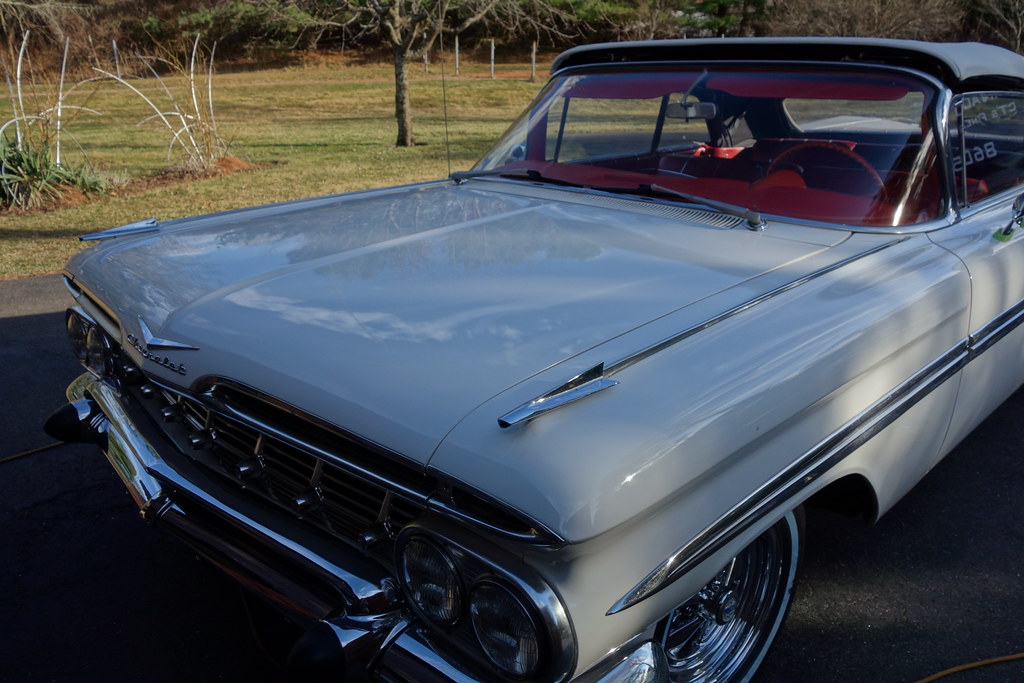 DSC01612 by Mike Donoghue, on Flickr
DSC01612 by Mike Donoghue, on Flickr
Before:
Surface staining, oxidation and marring dulled the finish.
 DSC01508 by Mike Donoghue, on Flickr
DSC01508 by Mike Donoghue, on Flickr DSC01500 by Mike Donoghue, on Flickr
DSC01500 by Mike Donoghue, on Flickr DSC01499 by Mike Donoghue, on Flickr
DSC01499 by Mike Donoghue, on Flickr DSC01491 by Mike Donoghue, on Flickr
DSC01491 by Mike Donoghue, on Flickr DSC01506 by Mike Donoghue, on Flickr
DSC01506 by Mike Donoghue, on FlickrHeavy marring was evident across all panels:
 DSC01489 by Mike Donoghue, on Flickr
DSC01489 by Mike Donoghue, on Flickr DSC01485 by Mike Donoghue, on Flickr
DSC01485 by Mike Donoghue, on Flickr DSC01479 by Mike Donoghue, on Flickr
DSC01479 by Mike Donoghue, on Flickr DSC01477 by Mike Donoghue, on Flickr
DSC01477 by Mike Donoghue, on Flickr DSC01476 by Mike Donoghue, on Flickr
DSC01476 by Mike Donoghue, on Flickr DSC01473 by Mike Donoghue, on Flickr
DSC01473 by Mike Donoghue, on Flickr DSC01474 by Mike Donoghue, on Flickr
DSC01474 by Mike Donoghue, on Flickr DSC01514 by Mike Donoghue, on Flickr
DSC01514 by Mike Donoghue, on Flickr DSC01524 by Mike Donoghue, on Flickr
DSC01524 by Mike Donoghue, on FlickrSurface staining from years of sitting in the barn:
 DSC01484 by Mike Donoghue, on Flickr
DSC01484 by Mike Donoghue, on Flickr DSC01495 by Mike Donoghue, on Flickr
DSC01495 by Mike Donoghue, on Flickr DSC01480 by Mike Donoghue, on Flickr
DSC01480 by Mike Donoghue, on Flickr DSC01511 by Mike Donoghue, on Flickr
DSC01511 by Mike Donoghue, on Flickr DSC01516 by Mike Donoghue, on Flickr
DSC01516 by Mike Donoghue, on Flickr DSC01533 by Mike Donoghue, on Flickr
DSC01533 by Mike Donoghue, on FlickrAfter a wipedown with Optimum No Rinse at QD dilution, the car was decontaminated using Clay Magic fine grade clay, and Meguiar’s #7 was applied to the paintwork to restore oils to the lacquer:
 DSC01539 by Mike Donoghue, on Flickr
DSC01539 by Mike Donoghue, on Flickr DSC01541 by Mike Donoghue, on Flickr
DSC01541 by Mike Donoghue, on FlickrAfter the decon step and #7 application the paint was looking cleaner and brighter, but still heavily marred:
 DSC01544 by Mike Donoghue, on Flickr
DSC01544 by Mike Donoghue, on Flickr DSC01546 by [url
DSC01546 by [url DSC01548 by Mike Donoghue, on Flickr
DSC01548 by Mike Donoghue, on Flickr DSC01548 by Mike Donoghue, on Flickr
DSC01548 by Mike Donoghue, on Flickr DSC01551 by Mike Donoghue, on Flickr
DSC01551 by Mike Donoghue, on Flickr DSC01553 by Mike Donoghue, on Flickr
DSC01553 by Mike Donoghue, on FlickrAfter some testing, a combination of HD Polish and Meguiar’s D300 was found to remove approximately 80% of the paint’s defects when used with LC black finishing pads on the Rupes 21 and 75E. This process made a dramatic increase in the paint’s appearance, especially under direct lighting, without removing an amount of paint thickness that would jeopardize the integrity of the aging lacquer finish.
In these pictures the paint had been polished, while the trim and areas around/under the trim edges had yet to be touched:
 DSC01563 by Mike Donoghue, on Flickr
DSC01563 by Mike Donoghue, on Flickr DSC01564 by Mike Donoghue, on Flickr
DSC01564 by Mike Donoghue, on Flickr DSC01566 by Mike Donoghue, on Flickr
DSC01566 by Mike Donoghue, on Flickr DSCHUBBA by Mike Donoghue, on Flickr
DSCHUBBA by Mike Donoghue, on Flickr DSC01584 by Mike Donoghue, on Flickr
DSC01584 by Mike Donoghue, on Flickr DSC01587 by Mike Donoghue, on Flickr
DSC01587 by Mike Donoghue, on Flickr DSC01590 by Mike Donoghue, on Flickr
DSC01590 by Mike Donoghue, on Flickr DSC01594 by Mike Donoghue, on Flickr
DSC01594 by Mike Donoghue, on Flickr DSC01601 by Mike Donoghue, on Flickr
DSC01601 by Mike Donoghue, on Flickr DSC01619 by Mike Donoghue, on Flickr
DSC01619 by Mike Donoghue, on Flickr DSC01606 by Mike Donoghue, on Flickr
DSC01606 by Mike Donoghue, on Flickr DSC01607 by Mike Donoghue, on Flickr
DSC01607 by Mike Donoghue, on Flickr DSC01608 by Mike Donoghue, on Flickr
DSC01608 by Mike Donoghue, on Flickr DSC01611 by Mike Donoghue, on Flickr
DSC01611 by Mike Donoghue, on Flickr DSC01612 by Mike Donoghue, on Flickr
DSC01612 by Mike Donoghue, on Flickr
